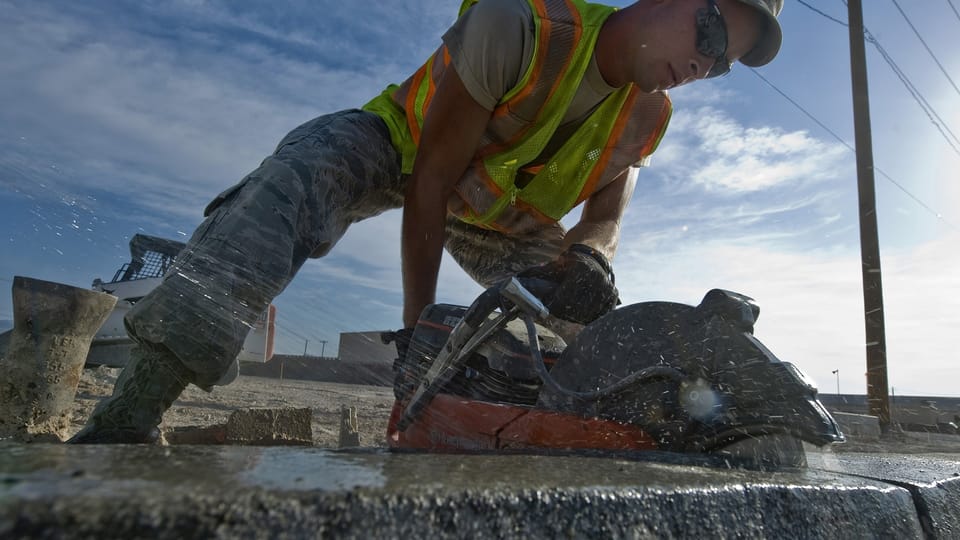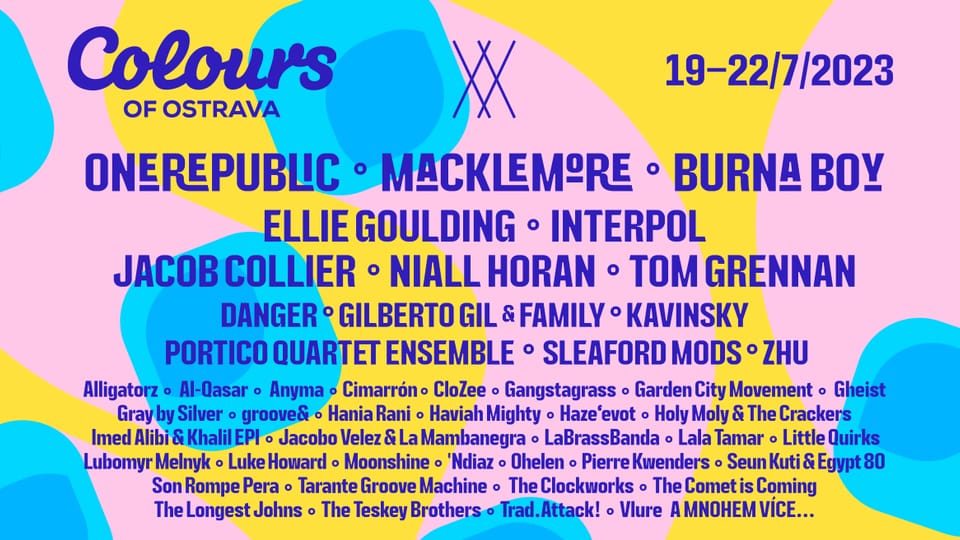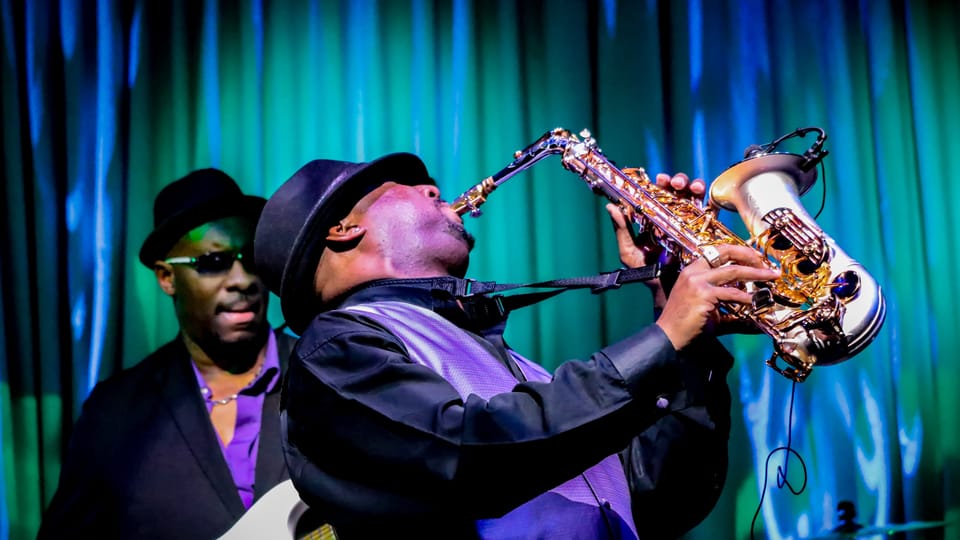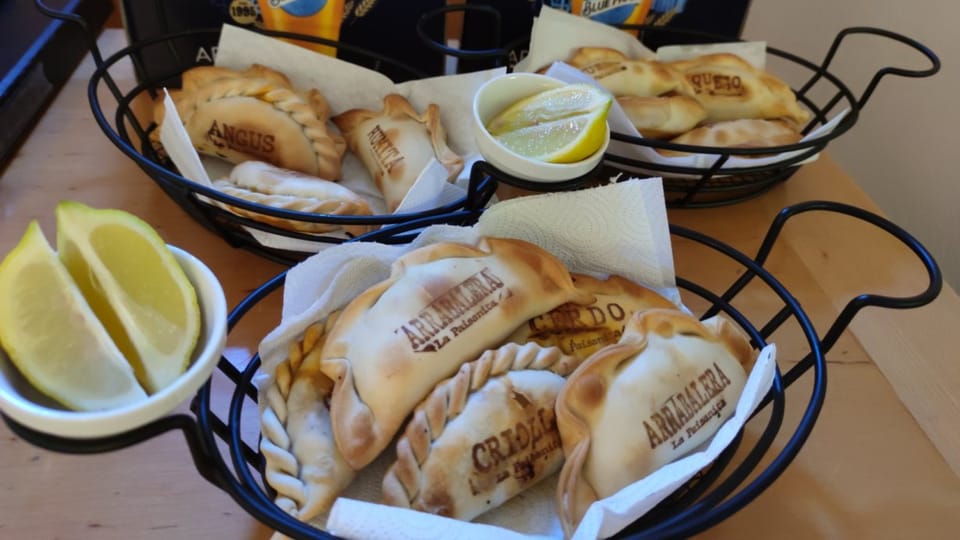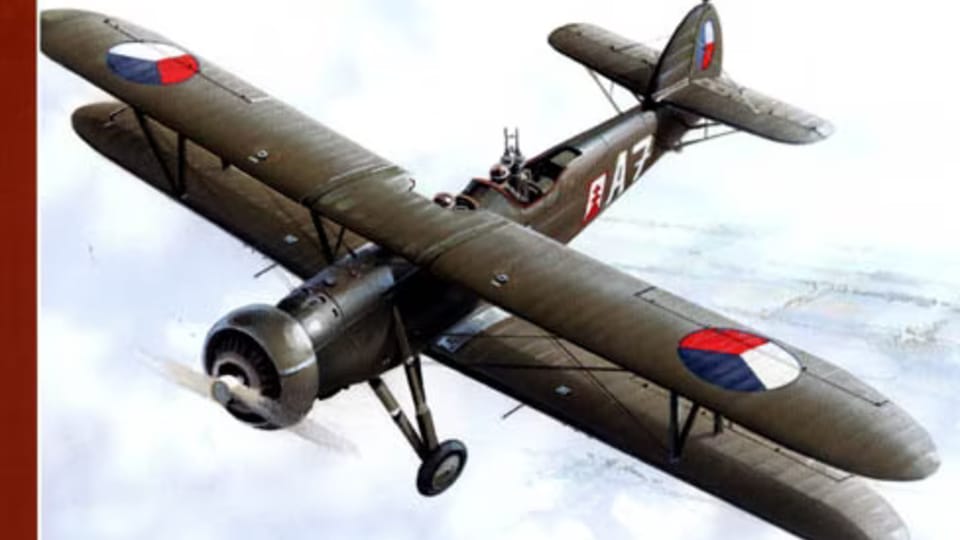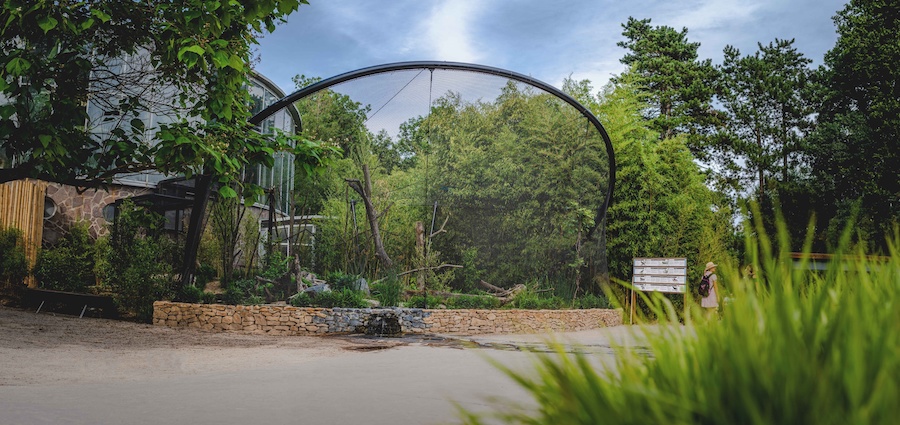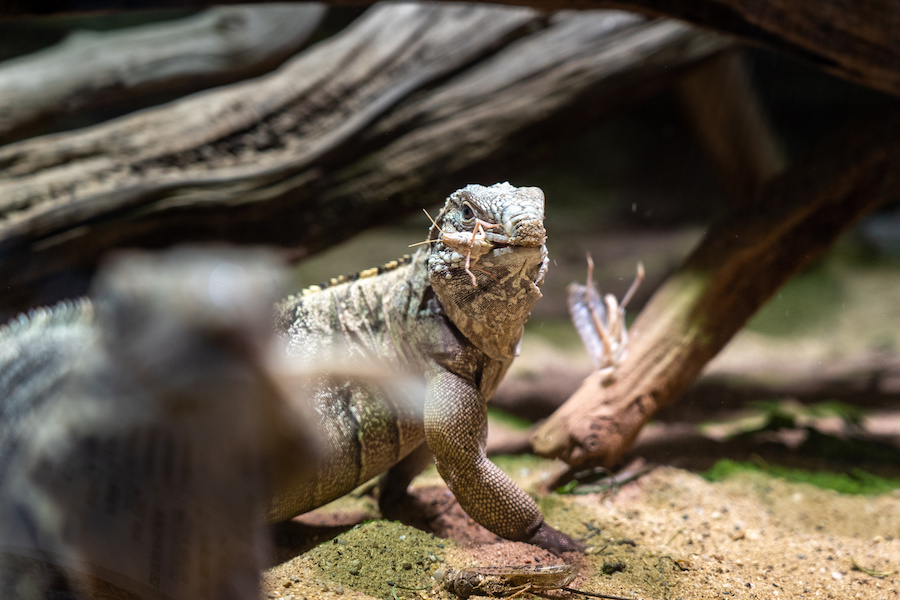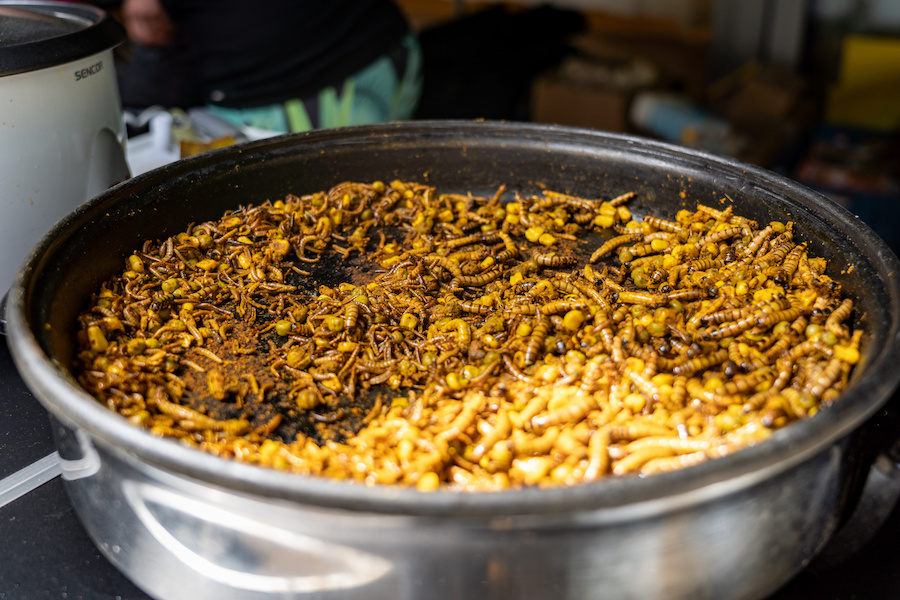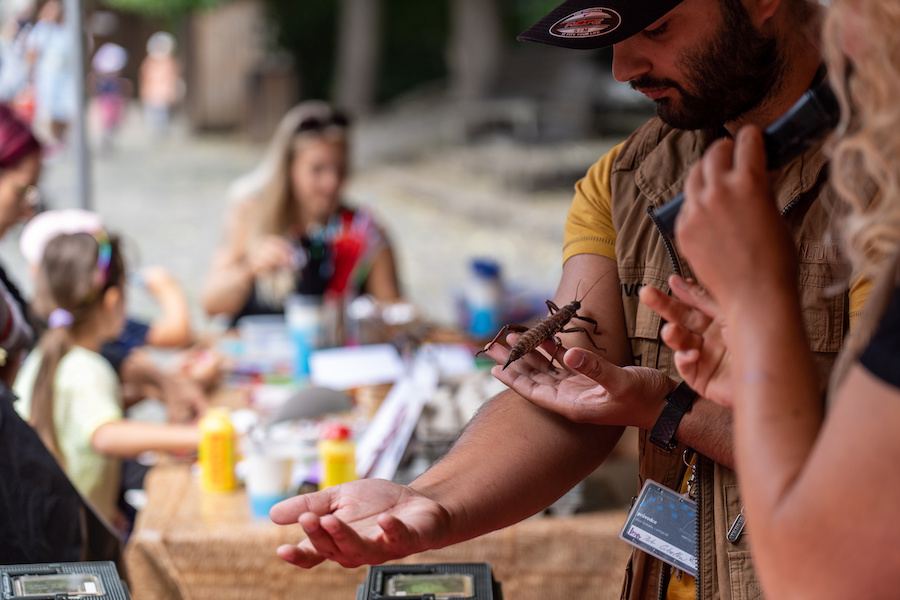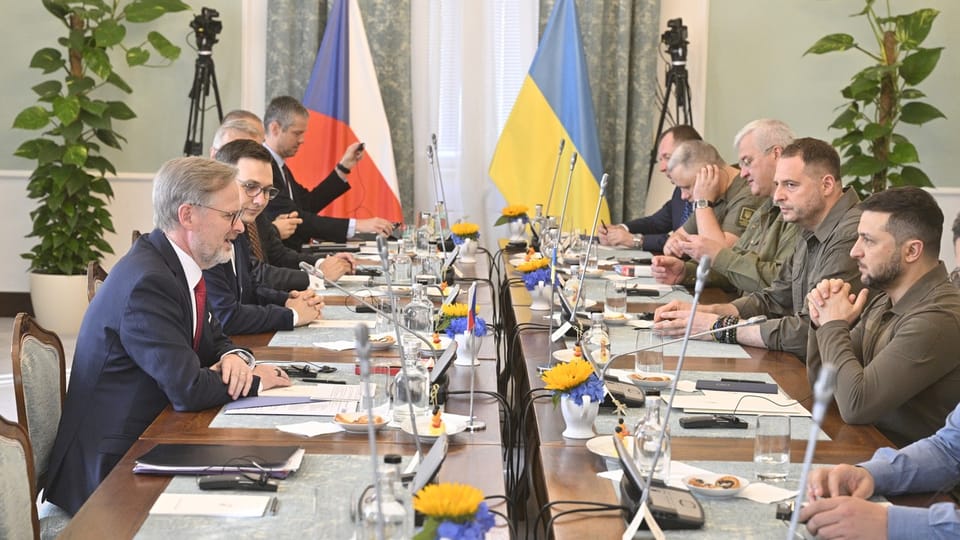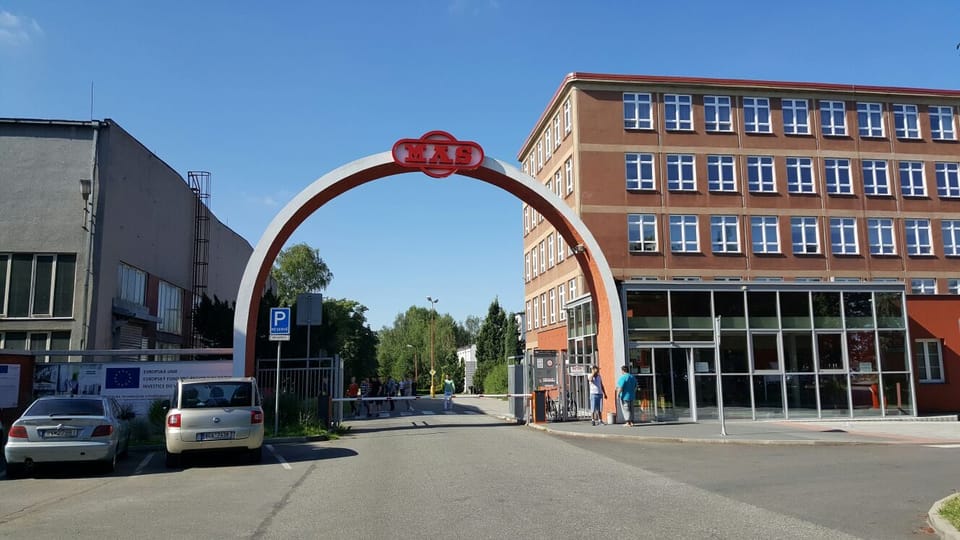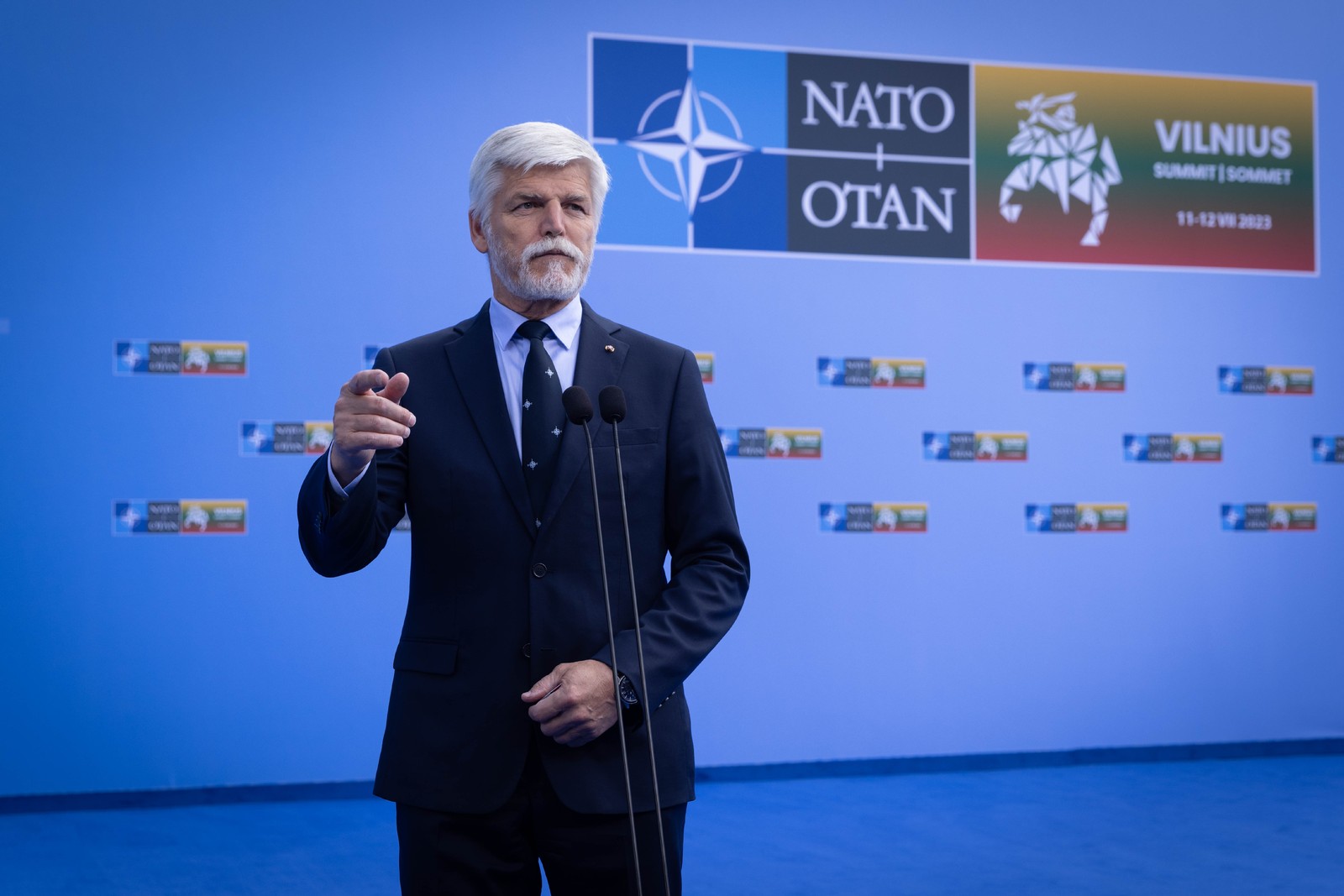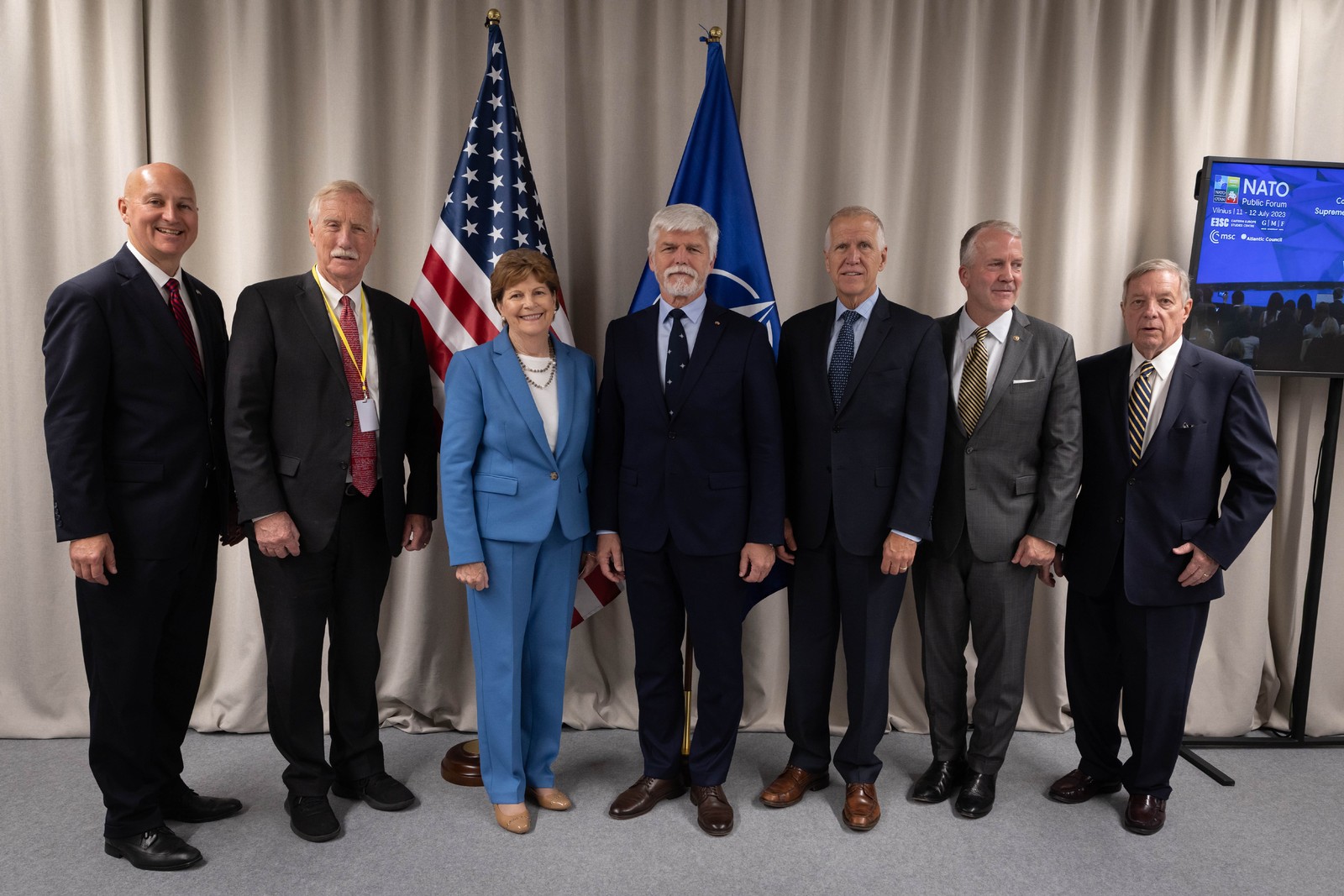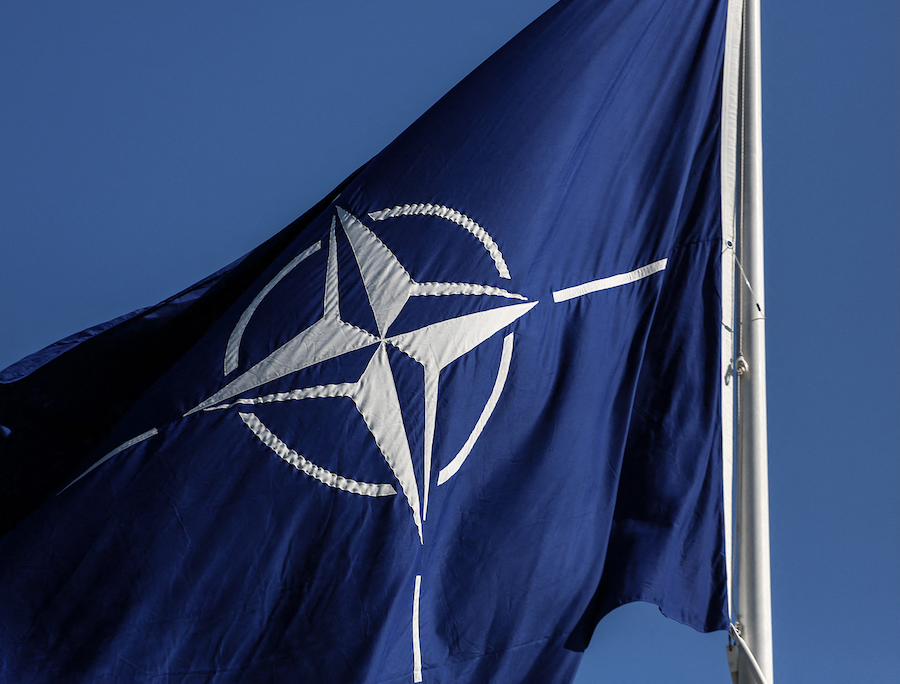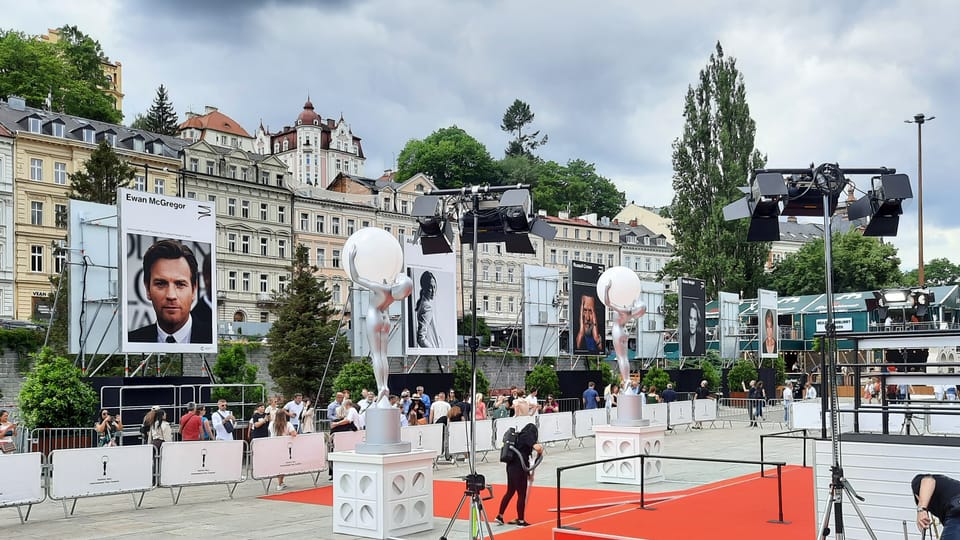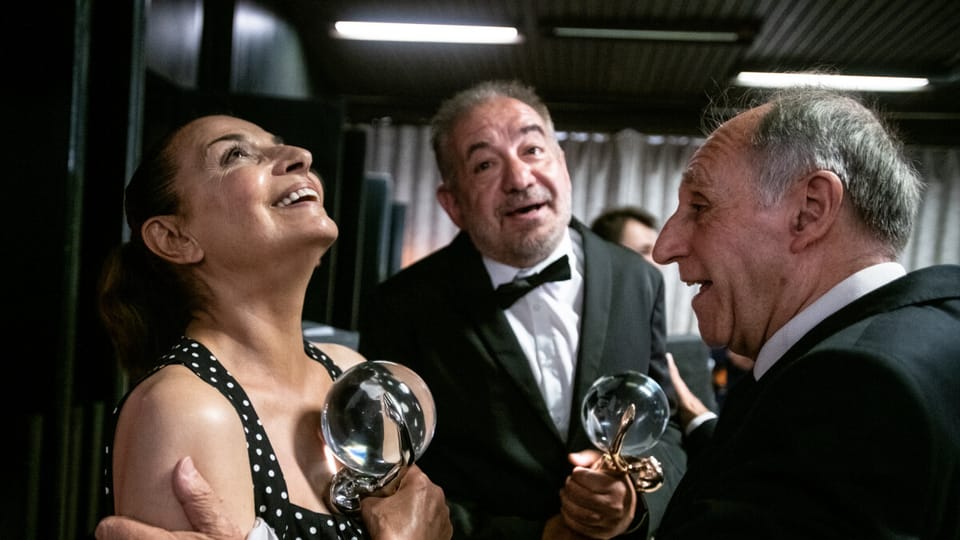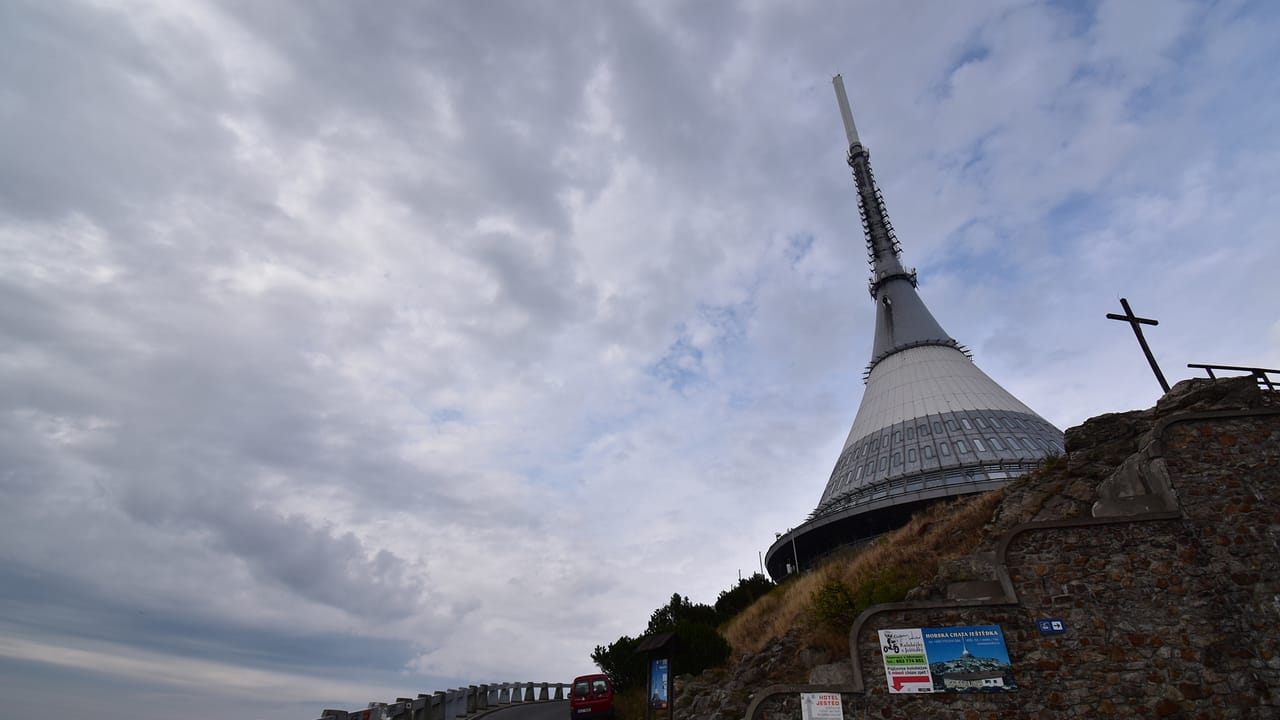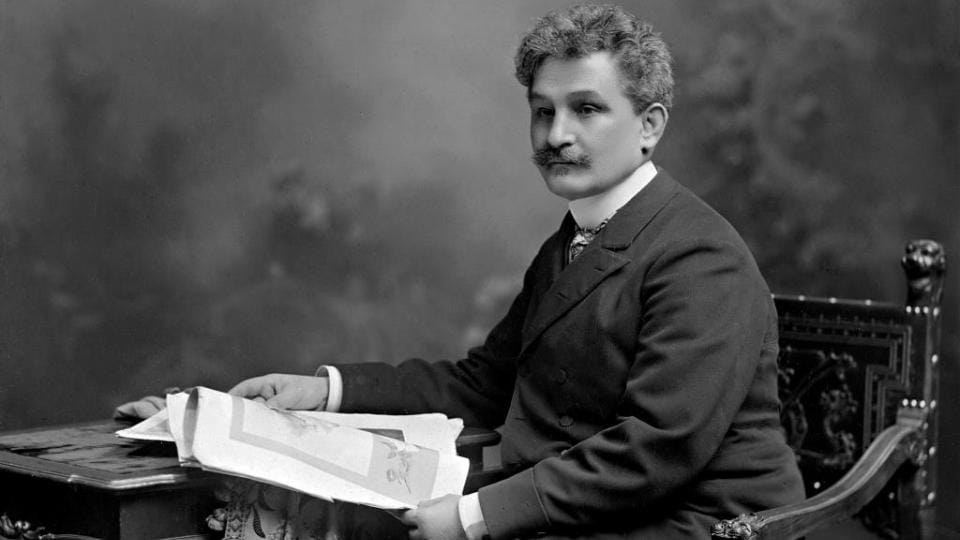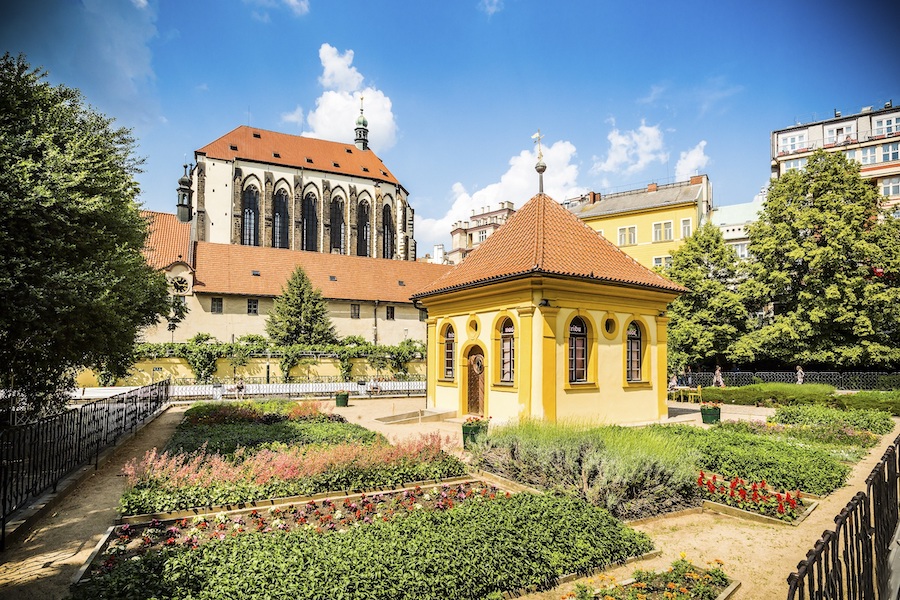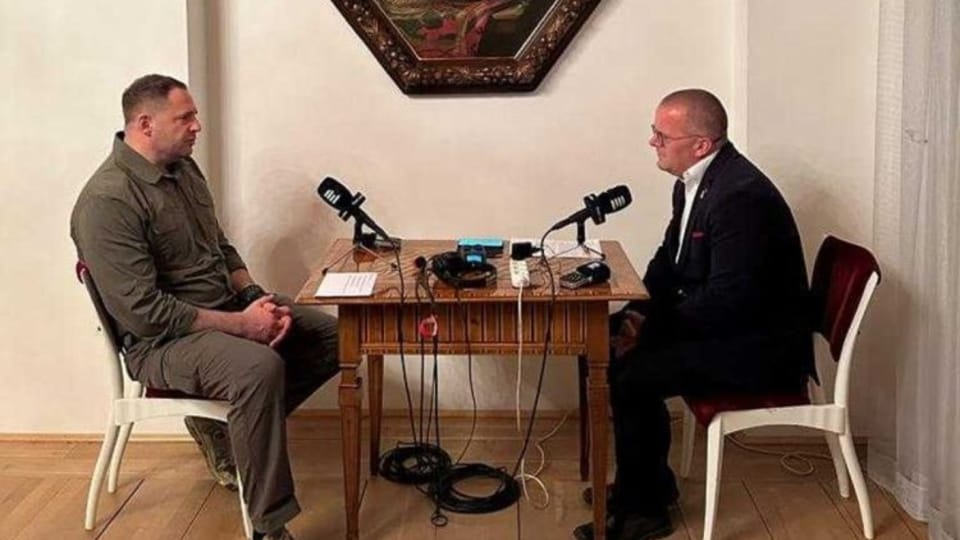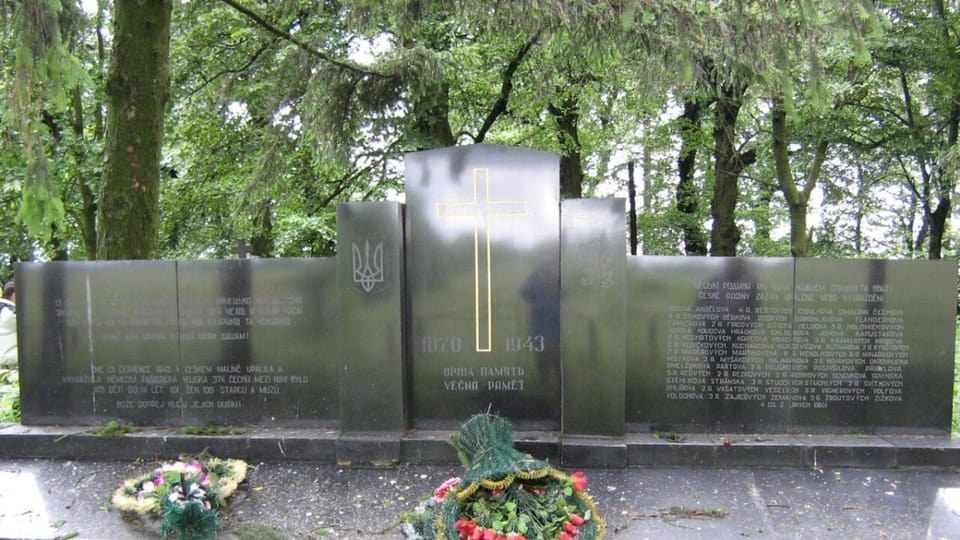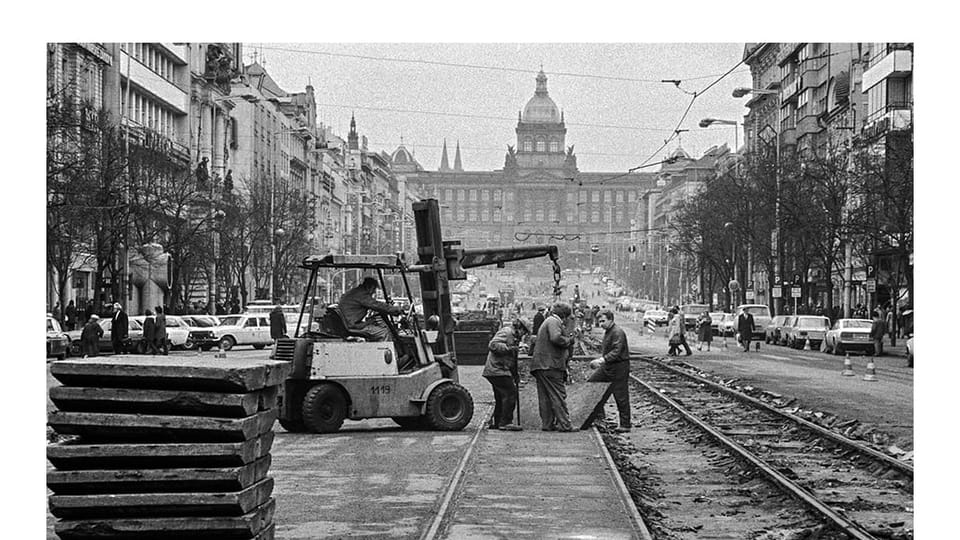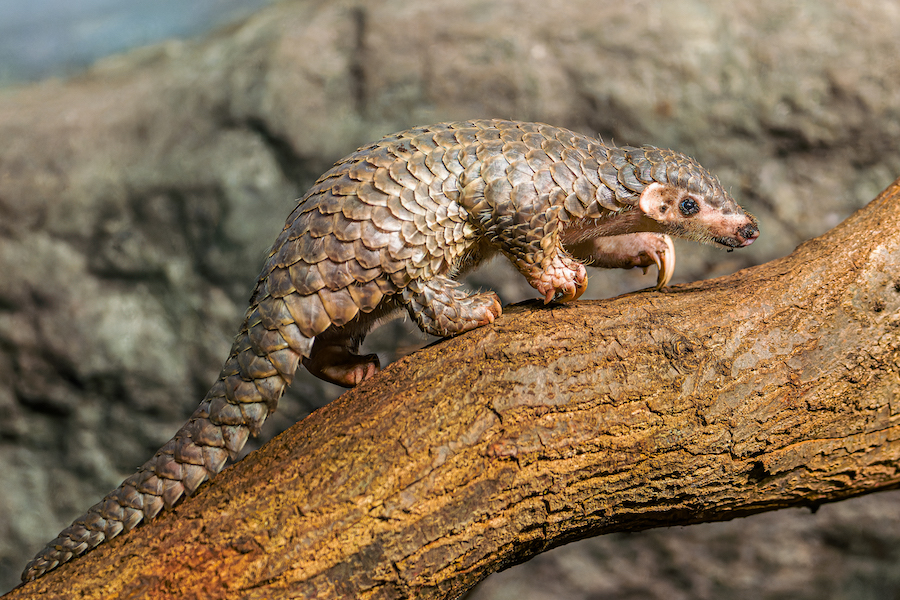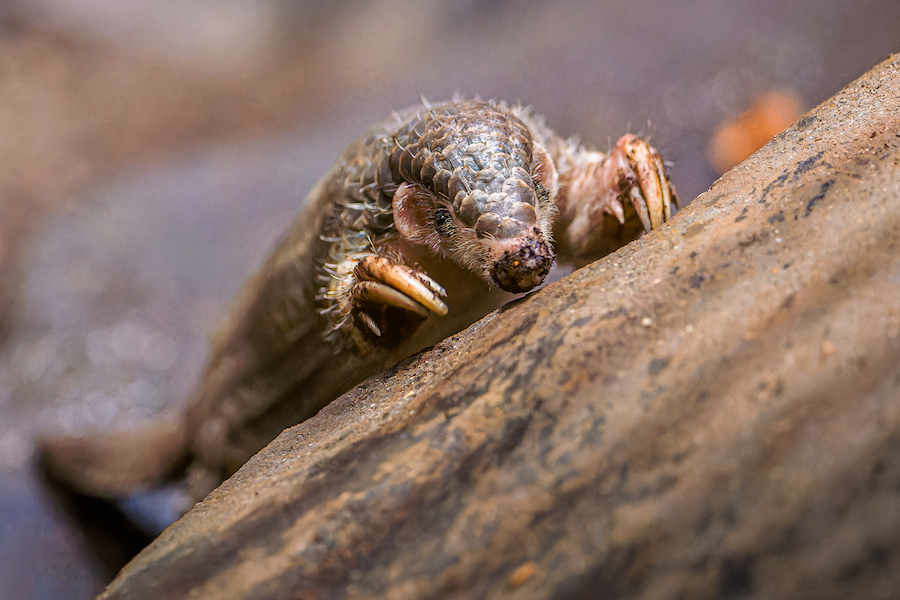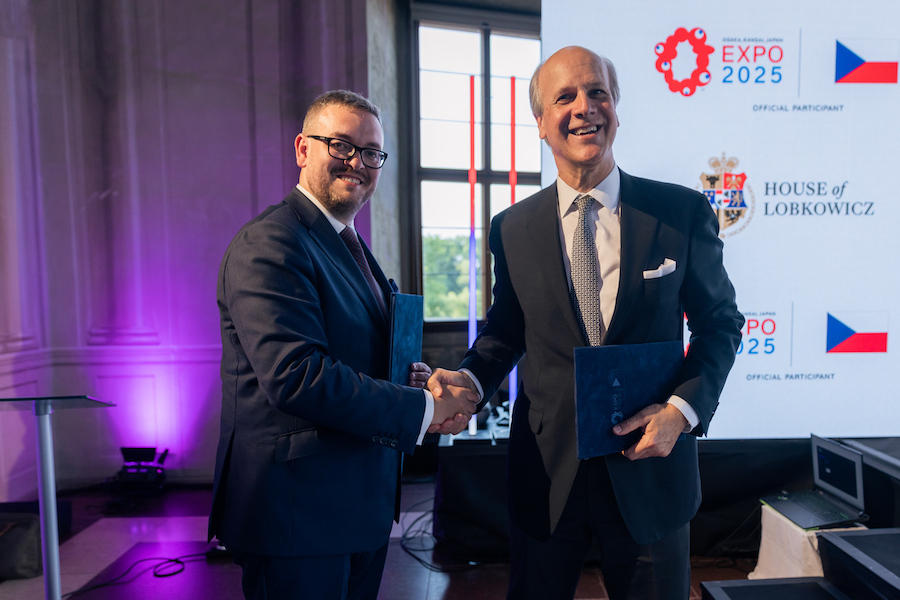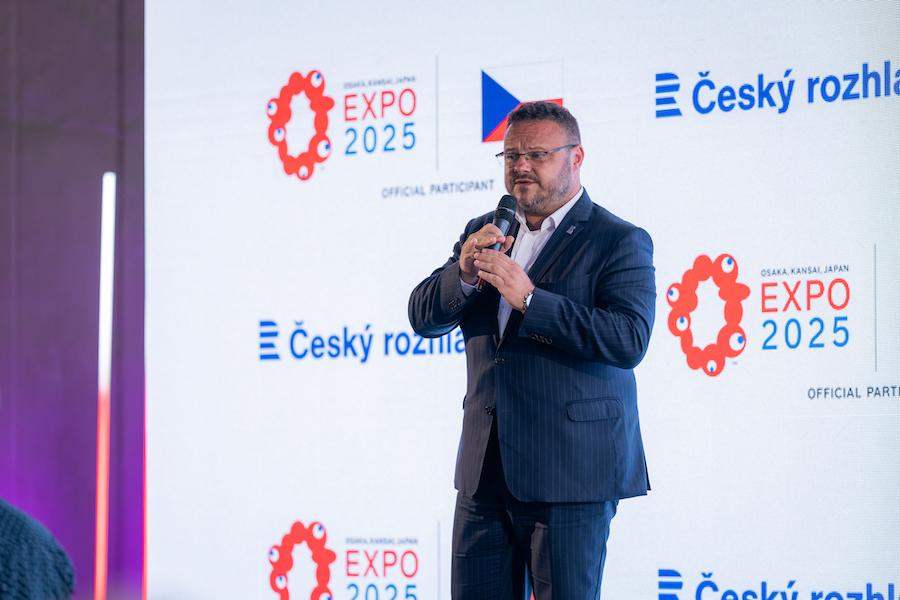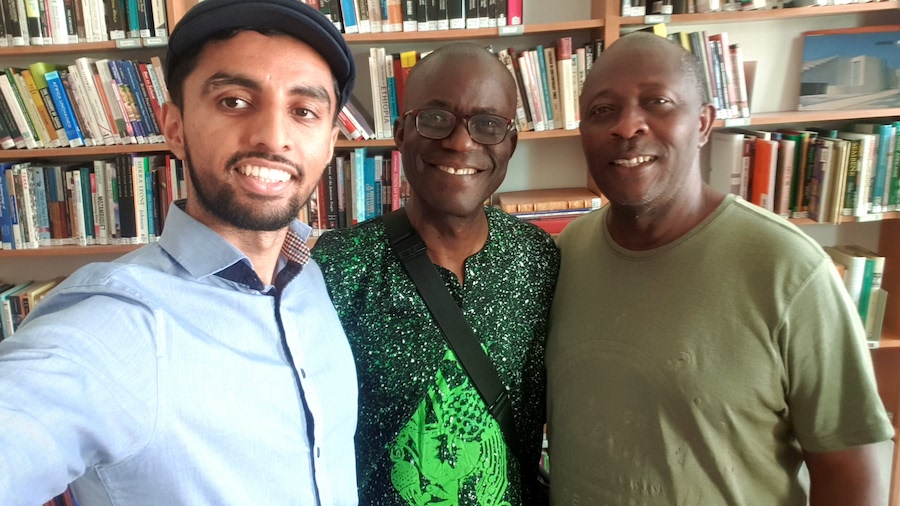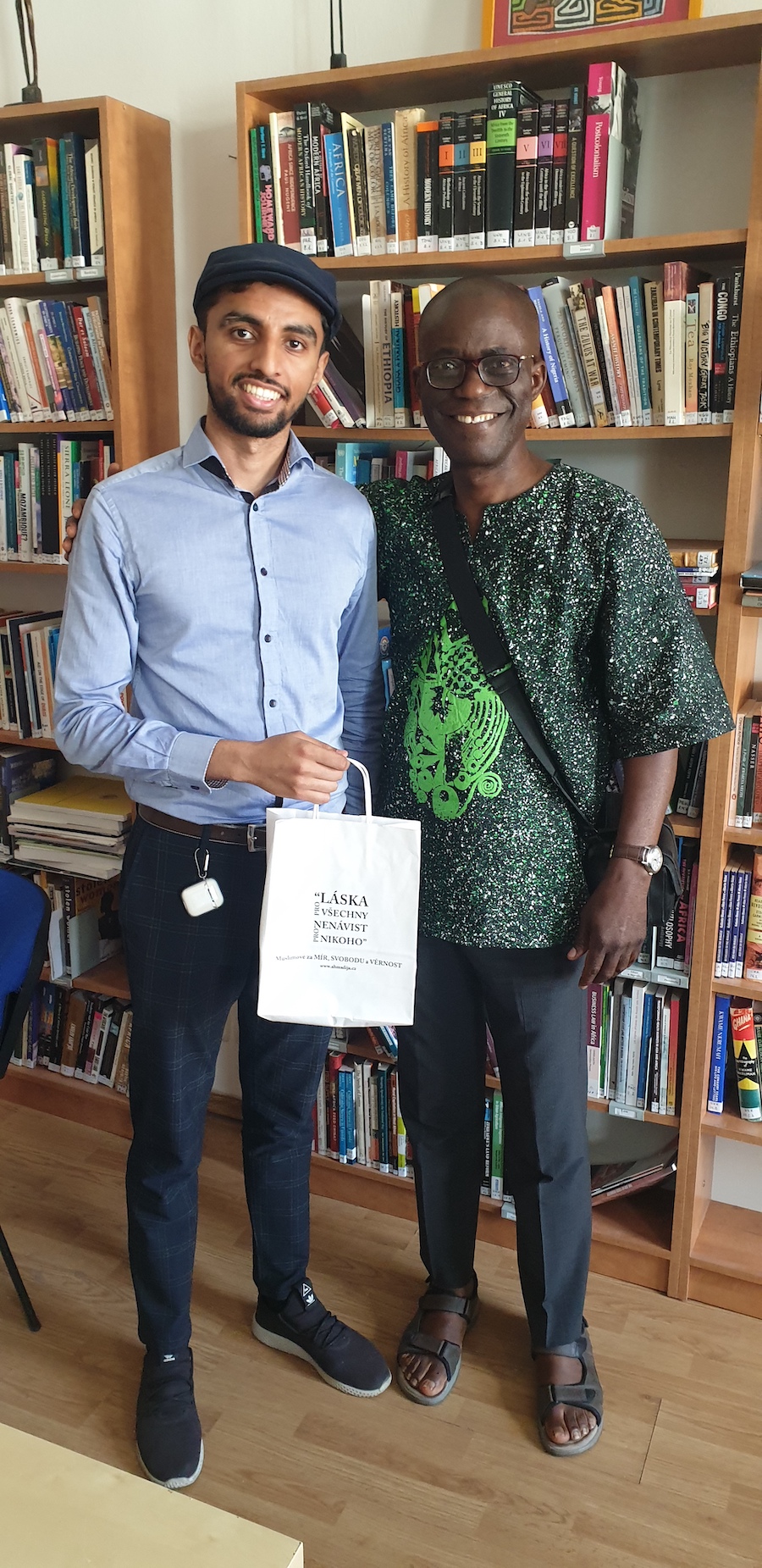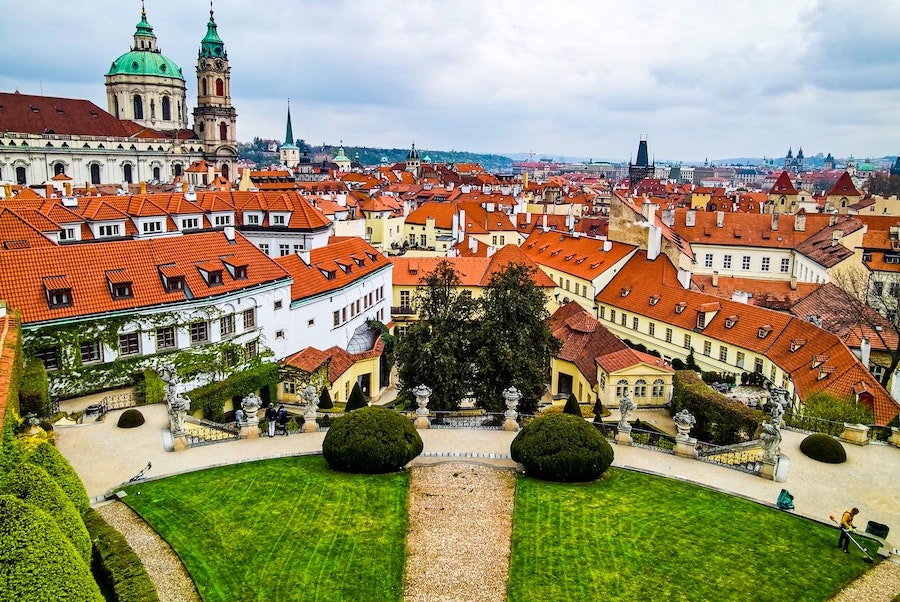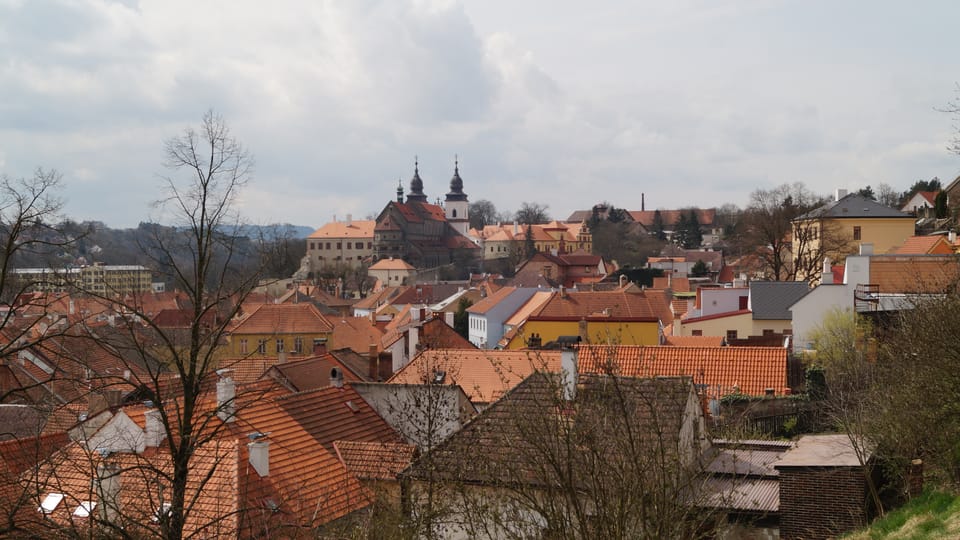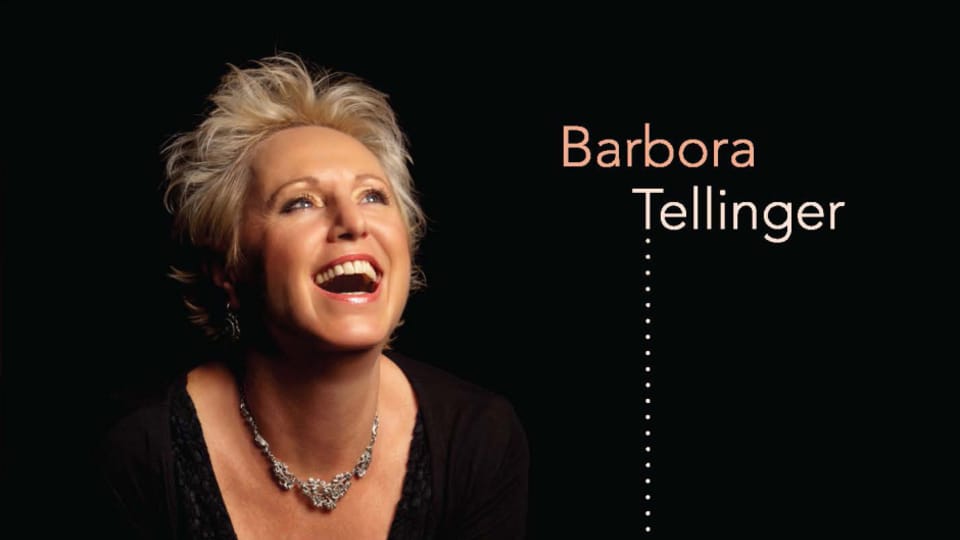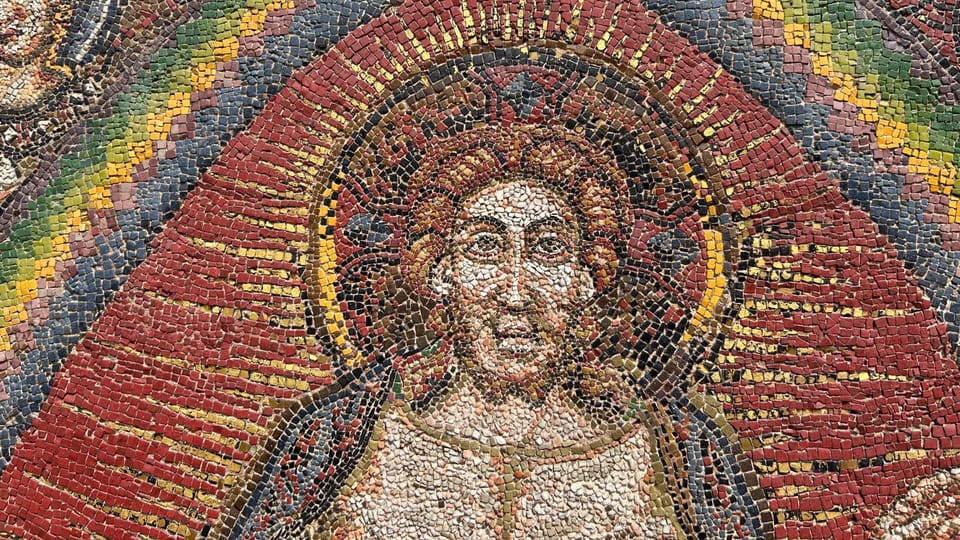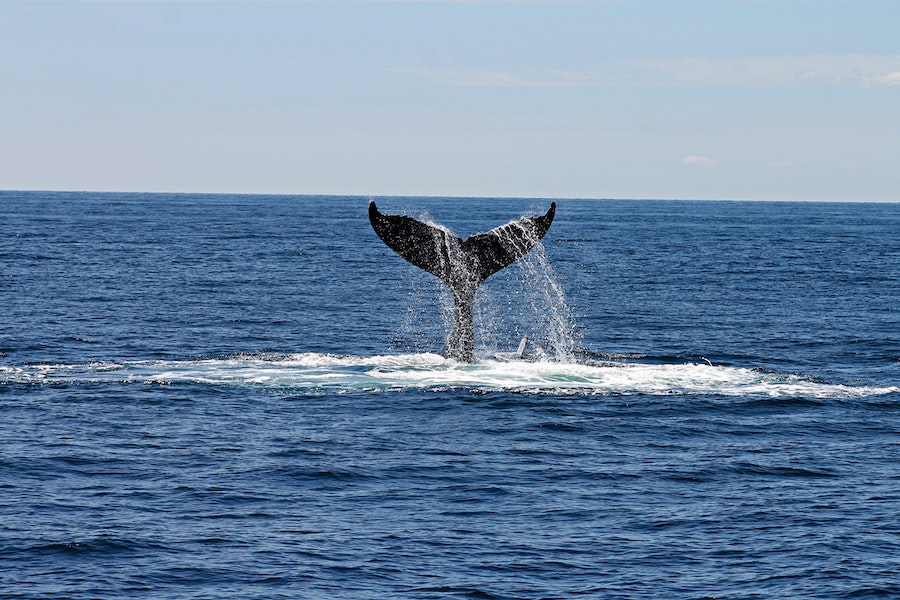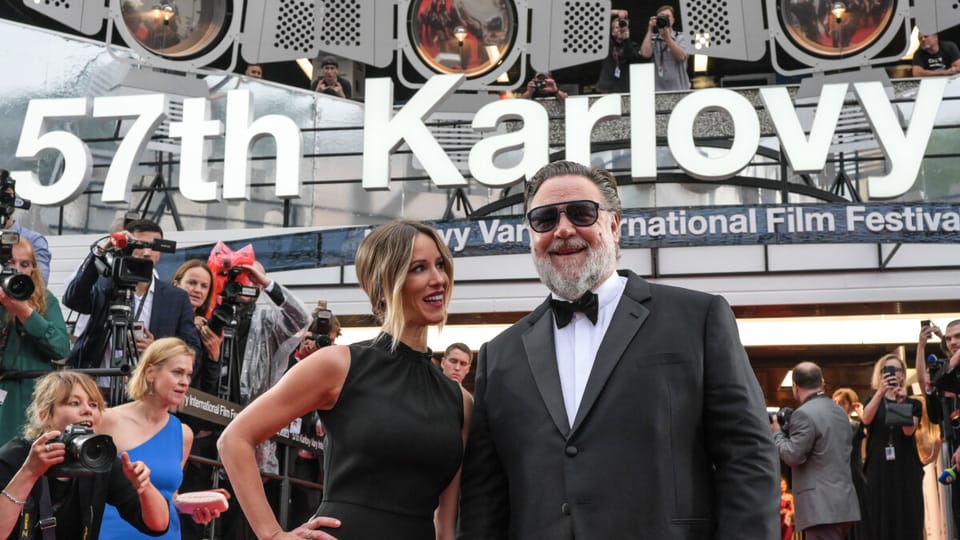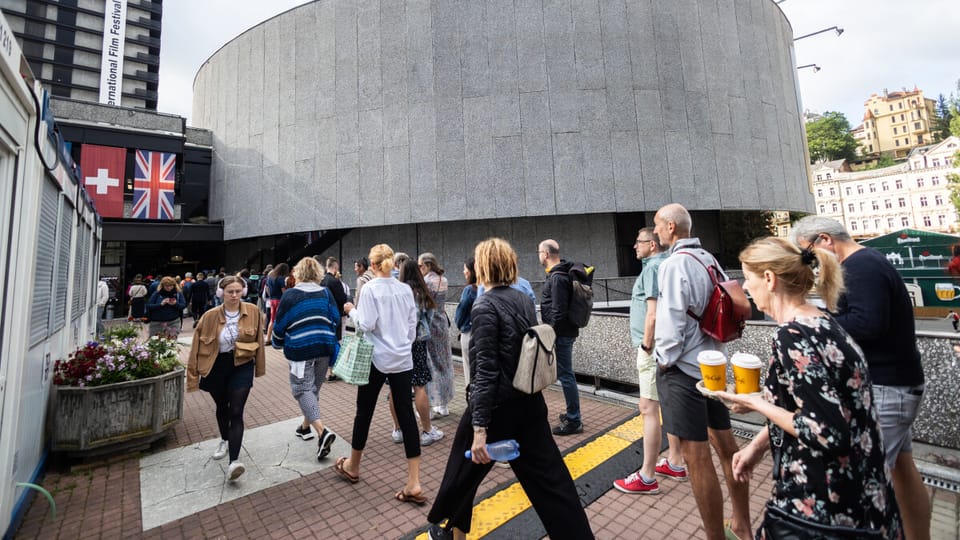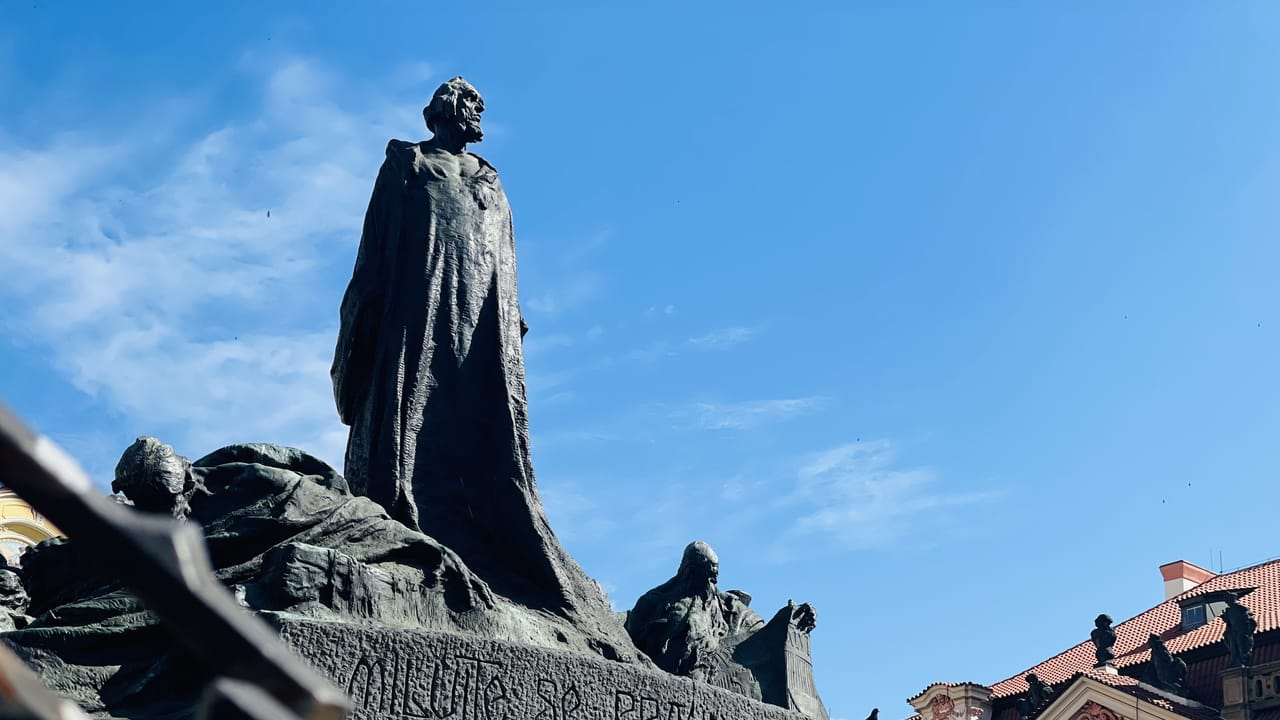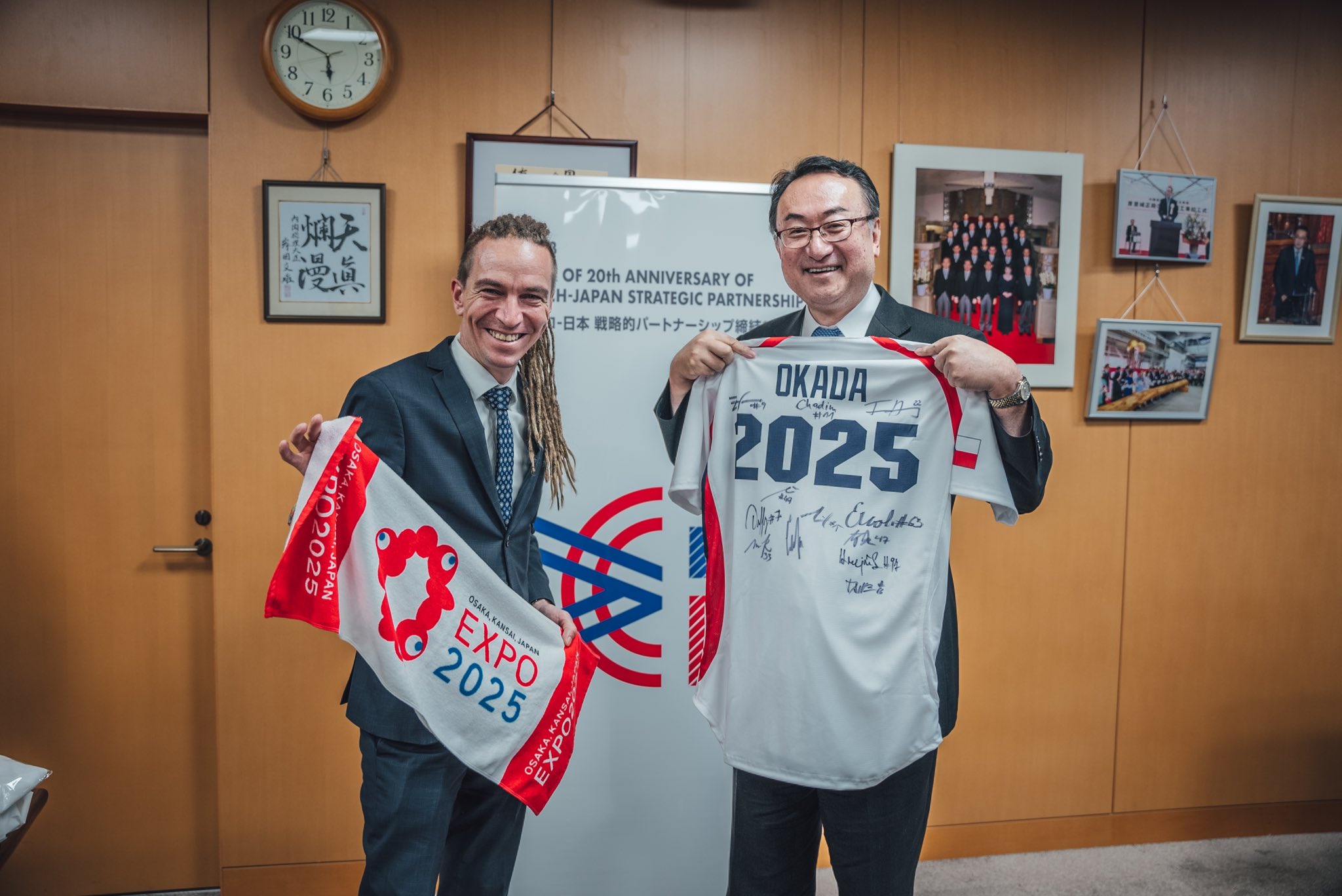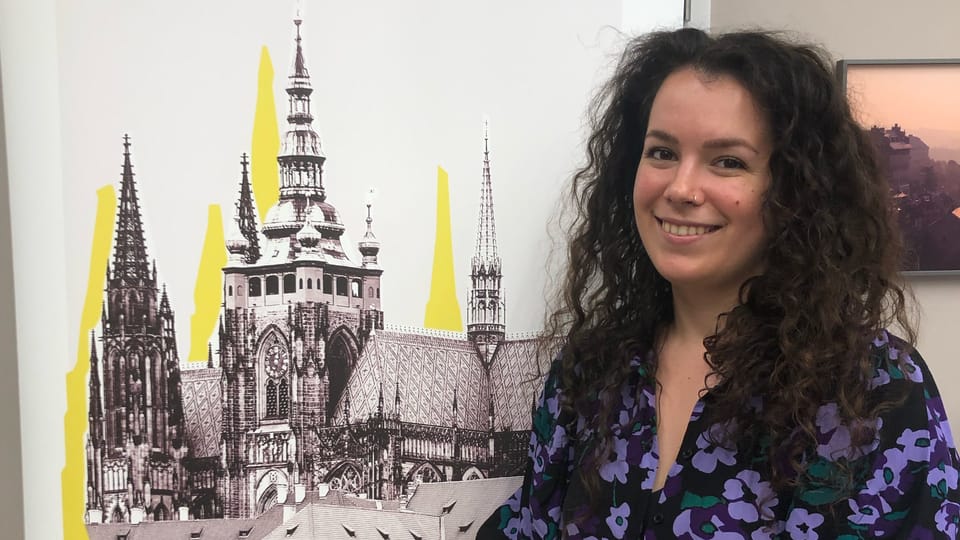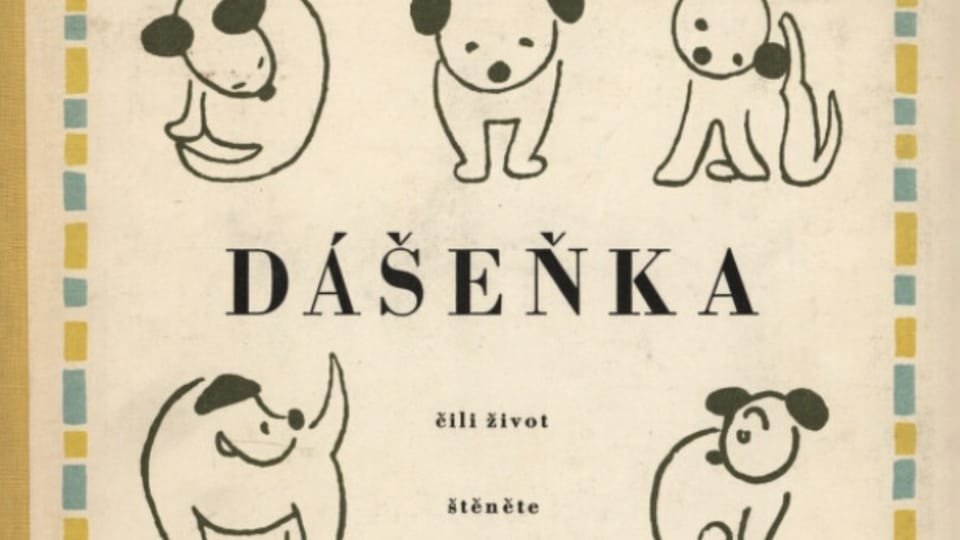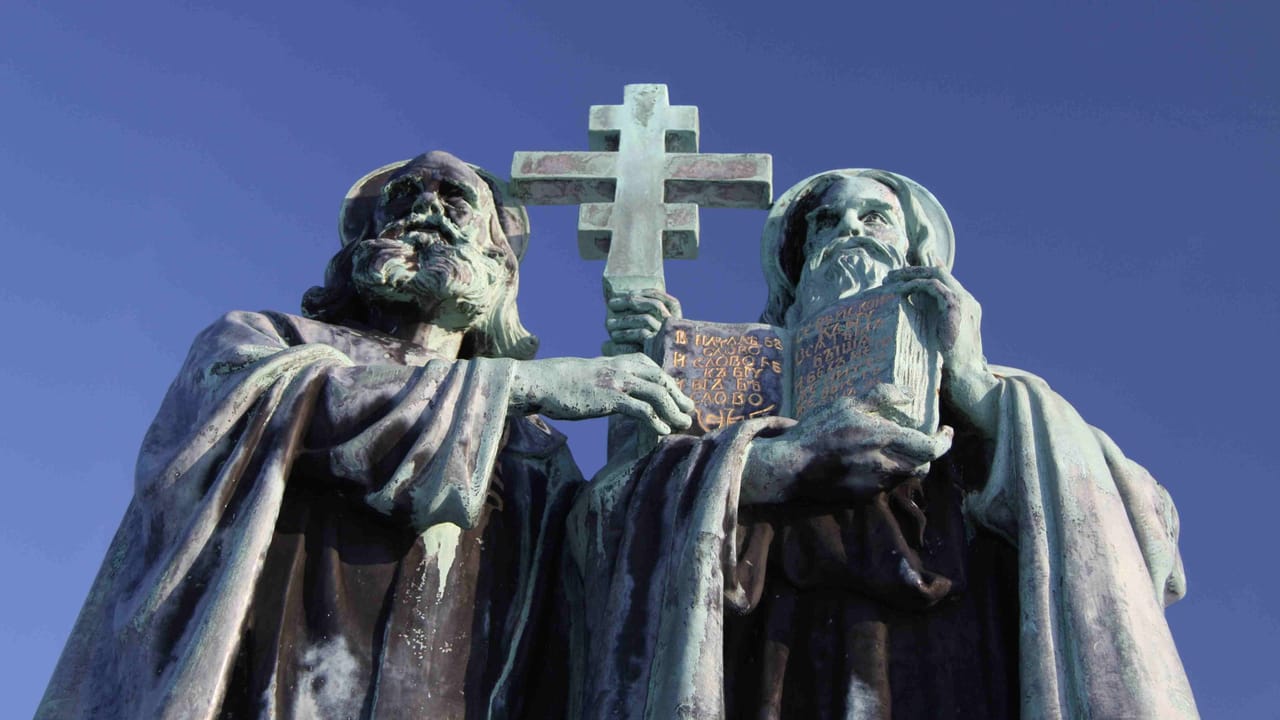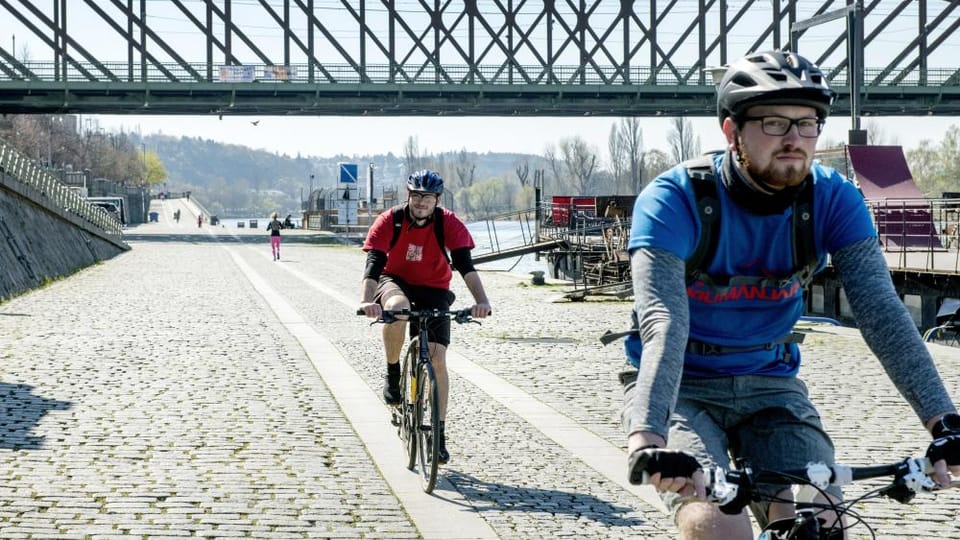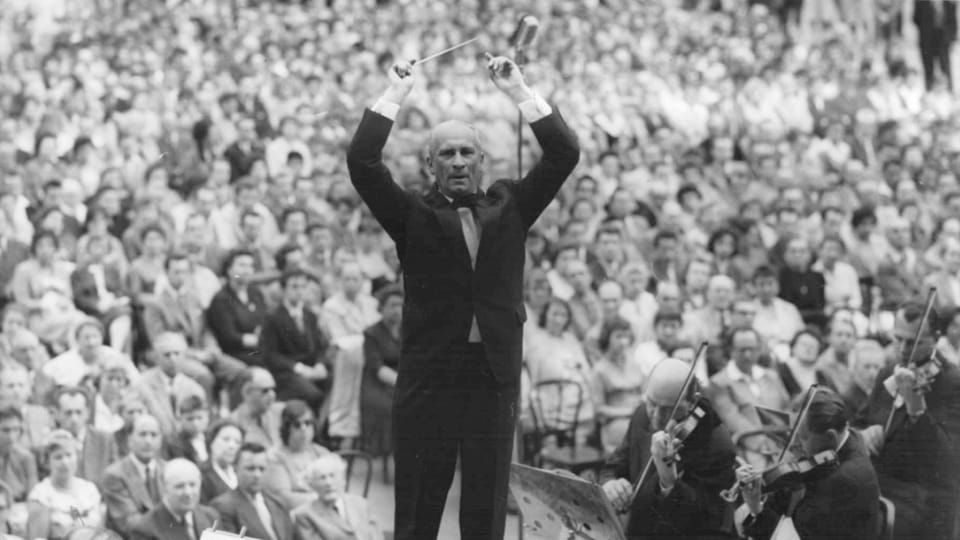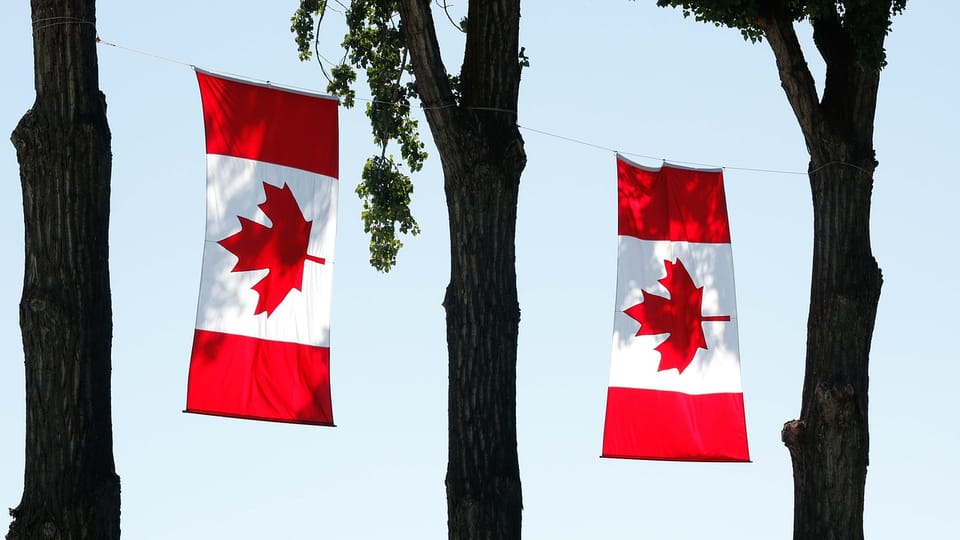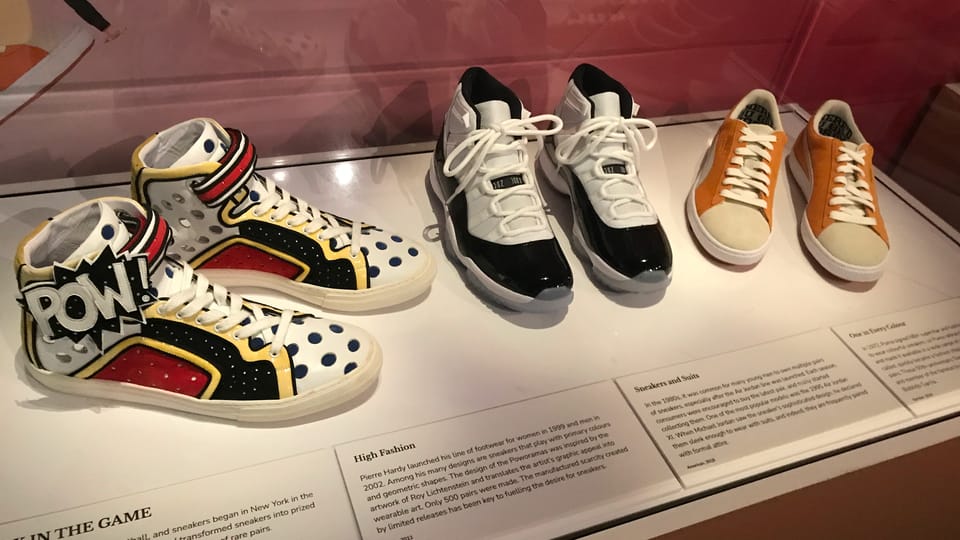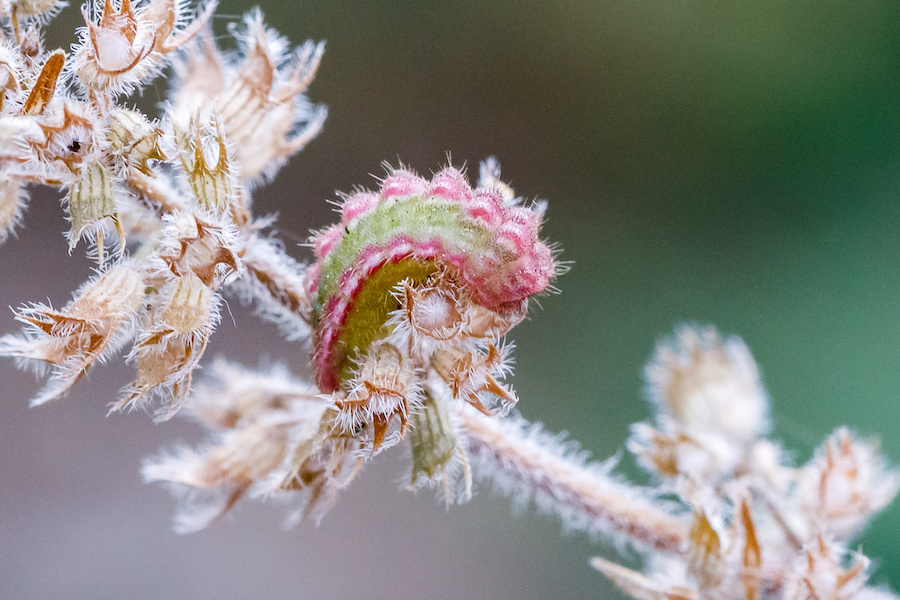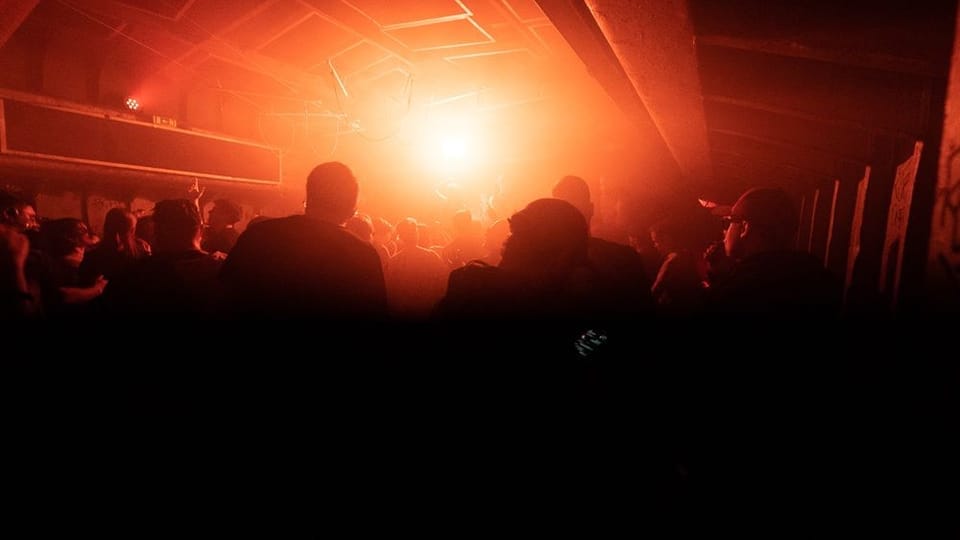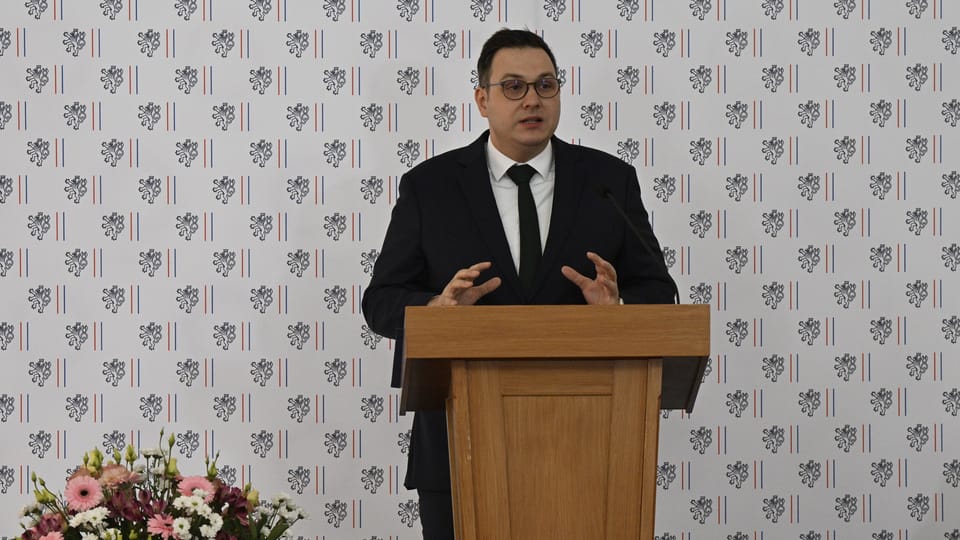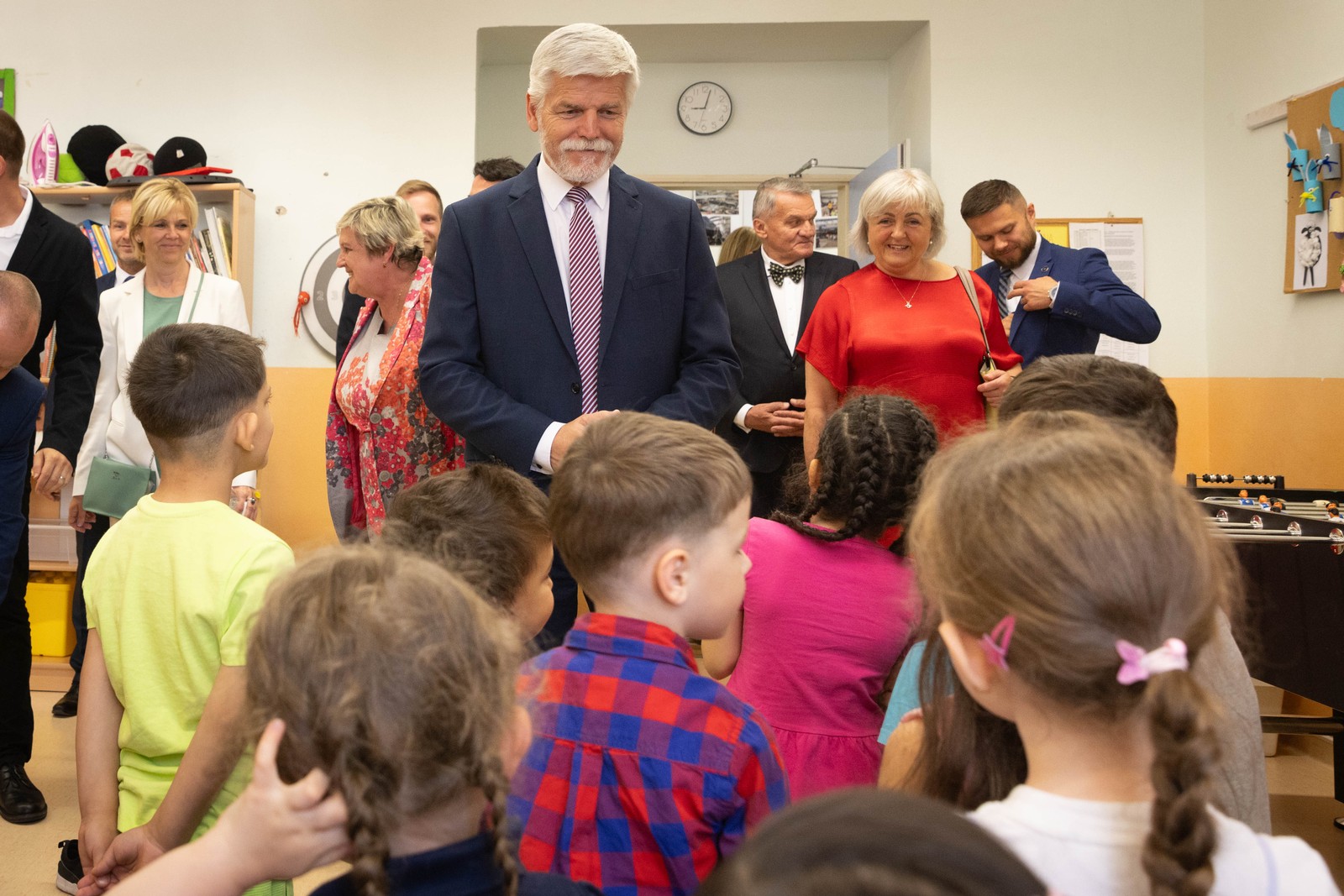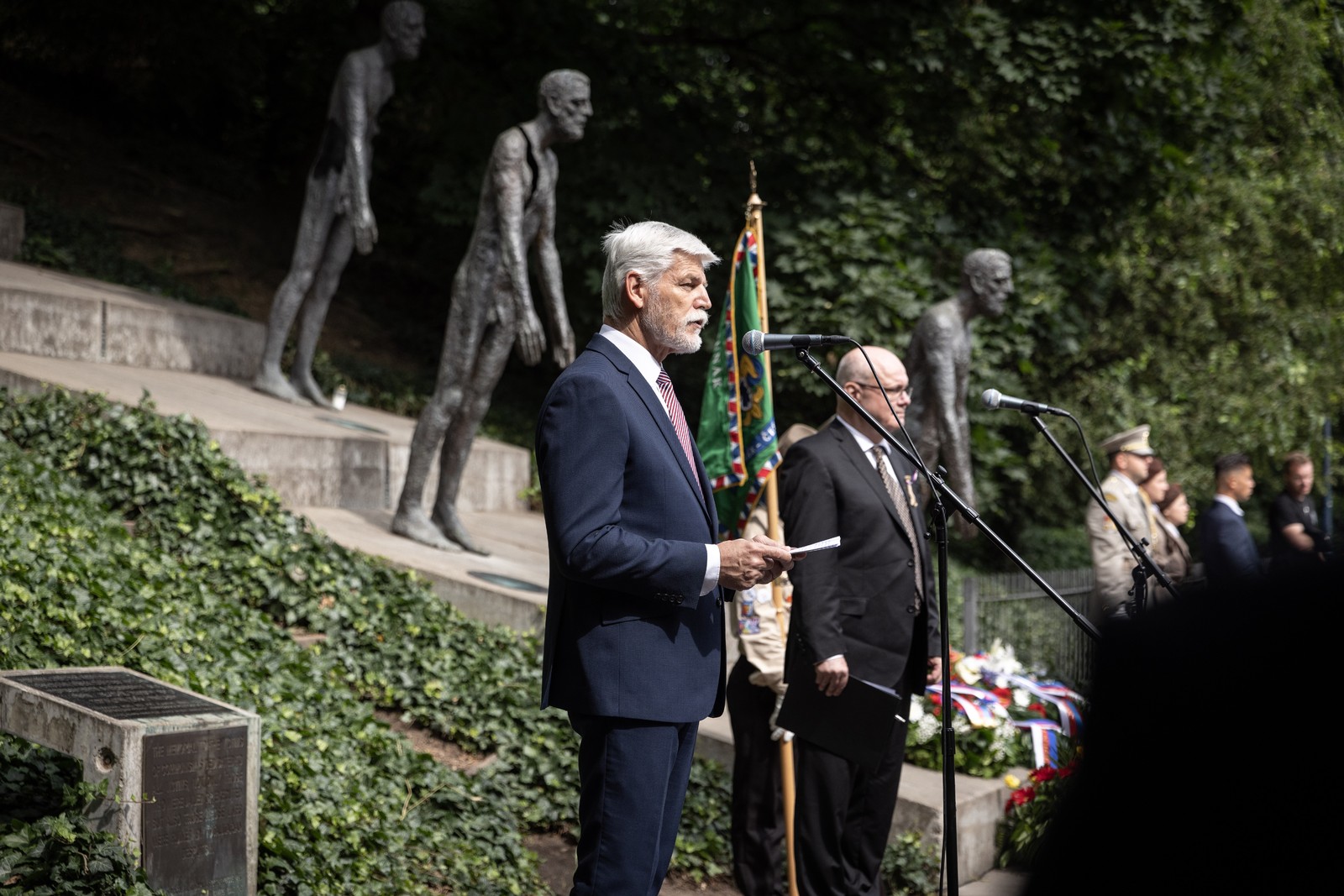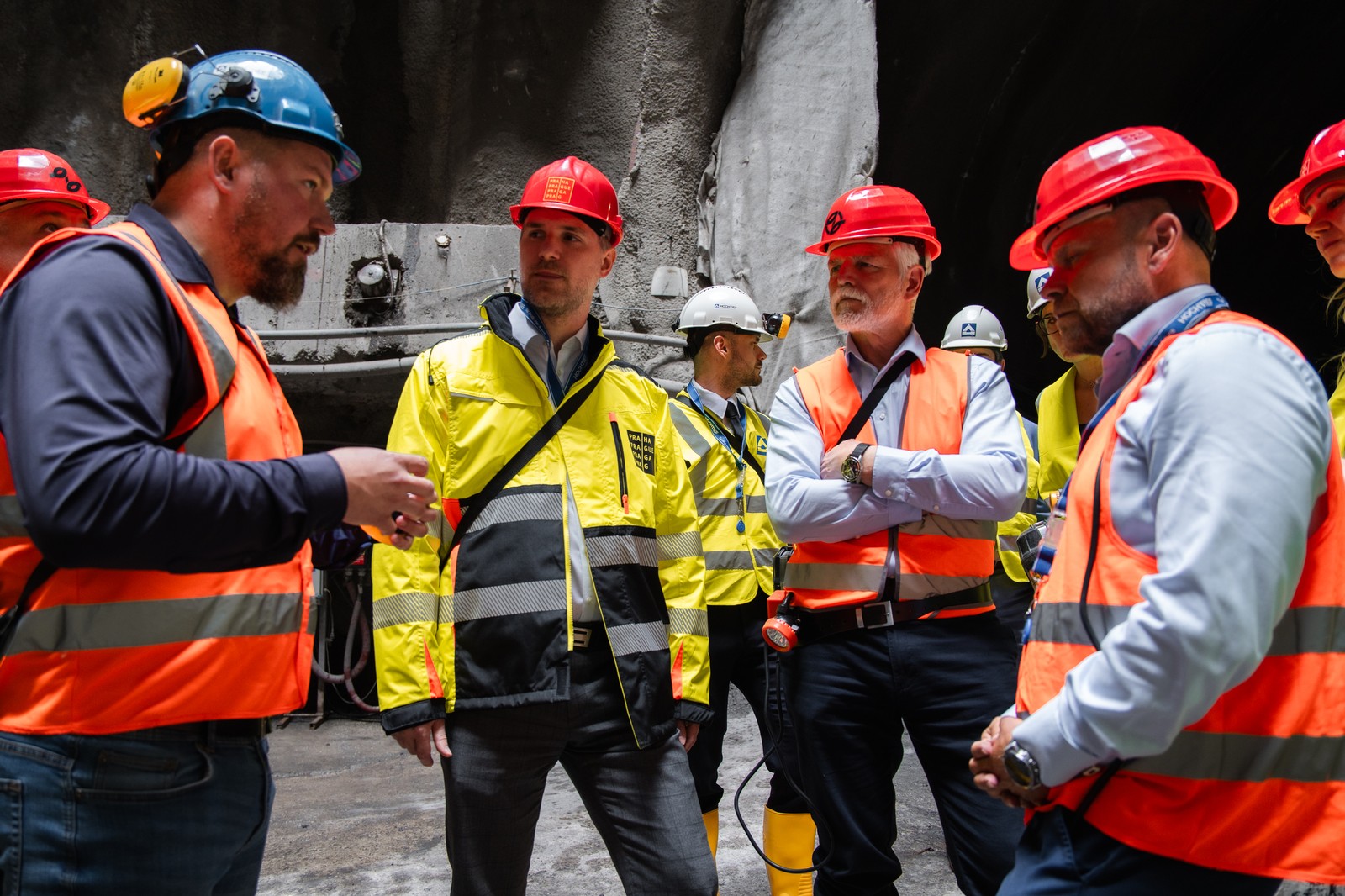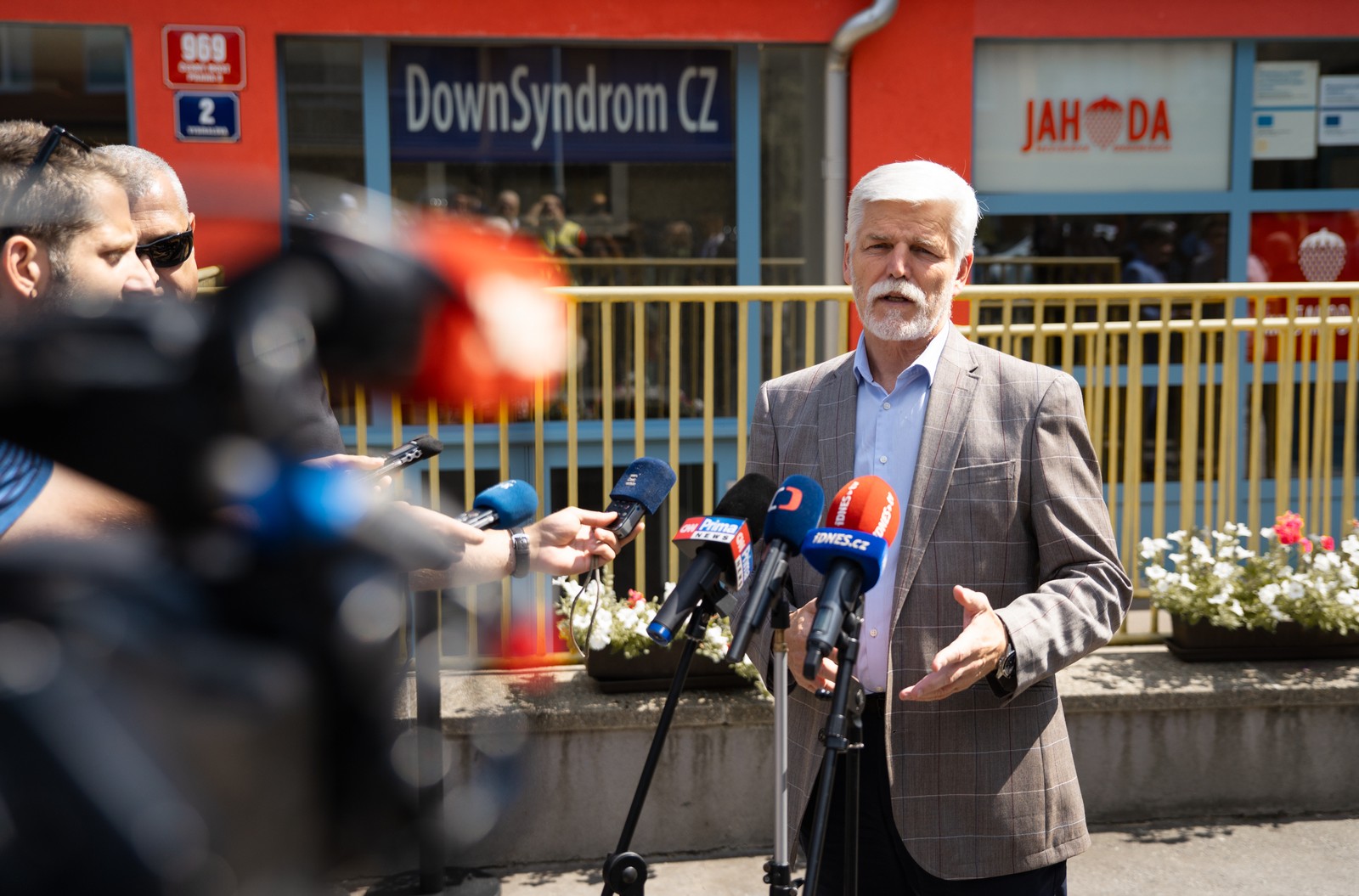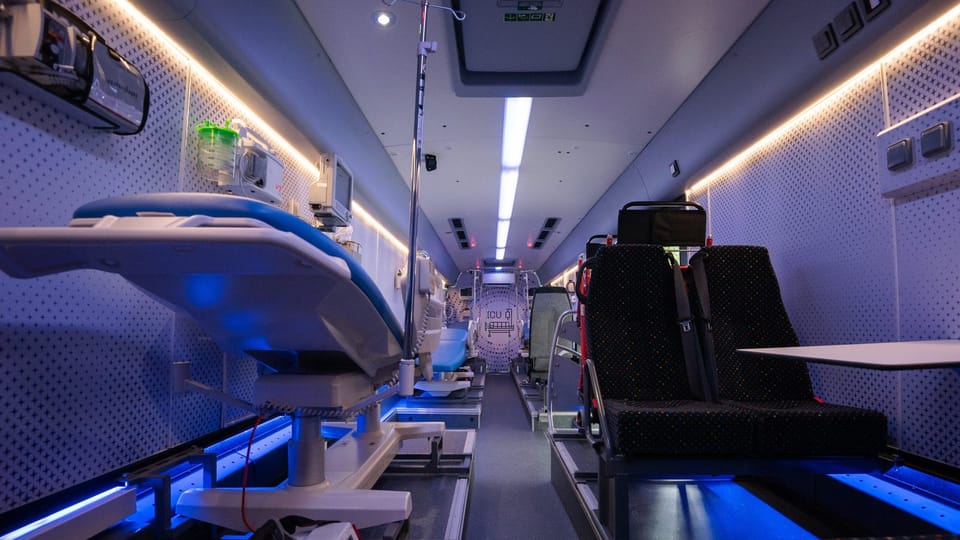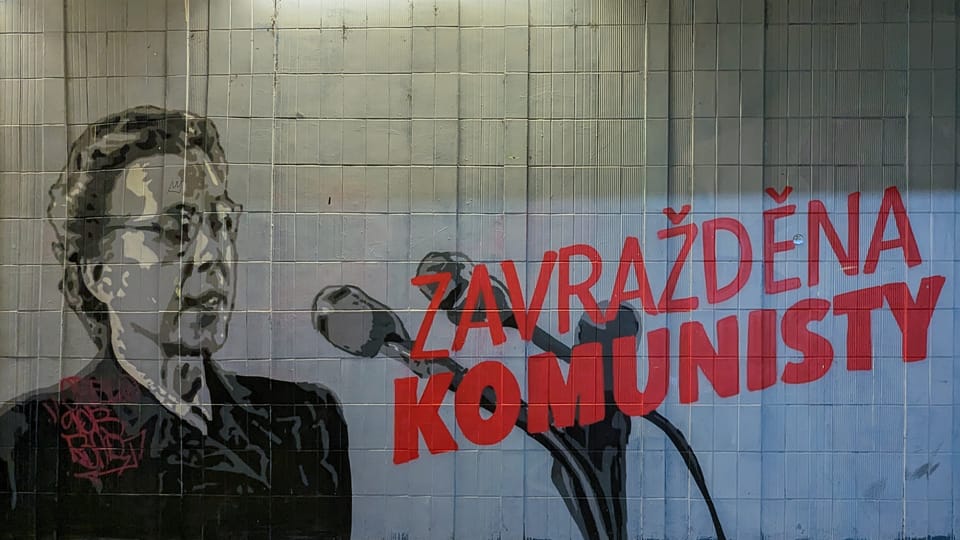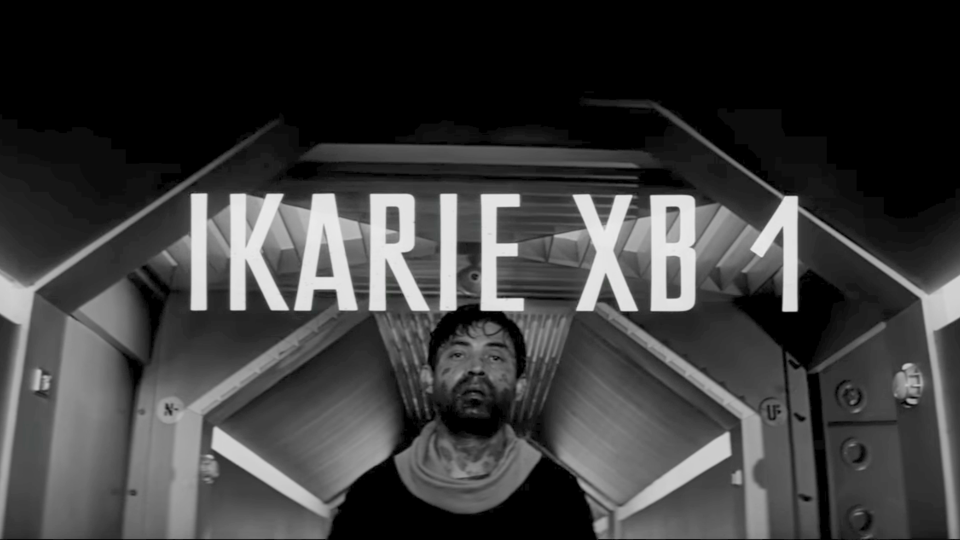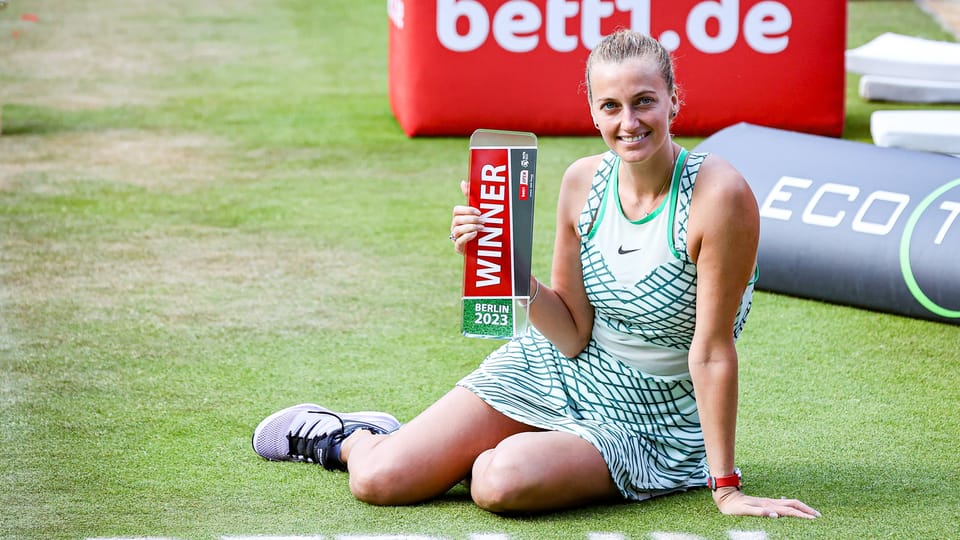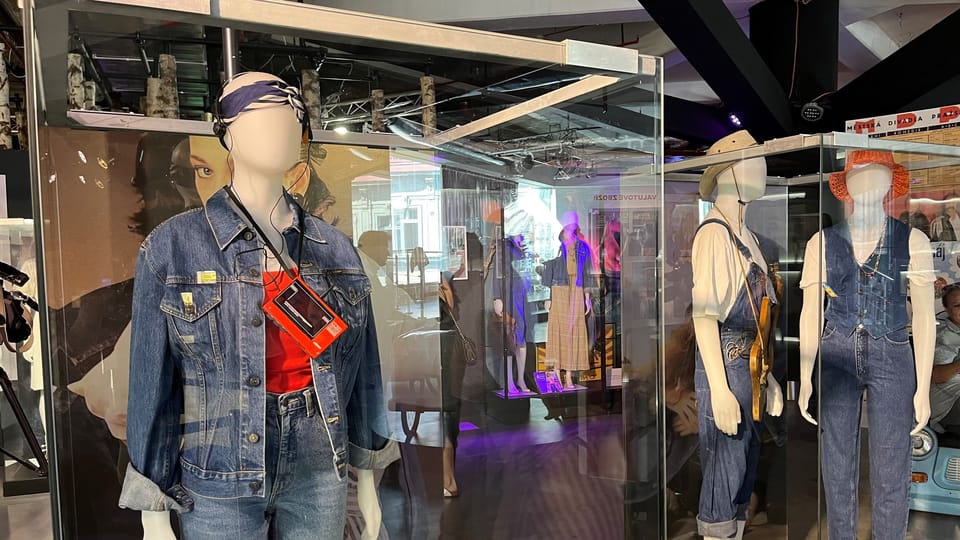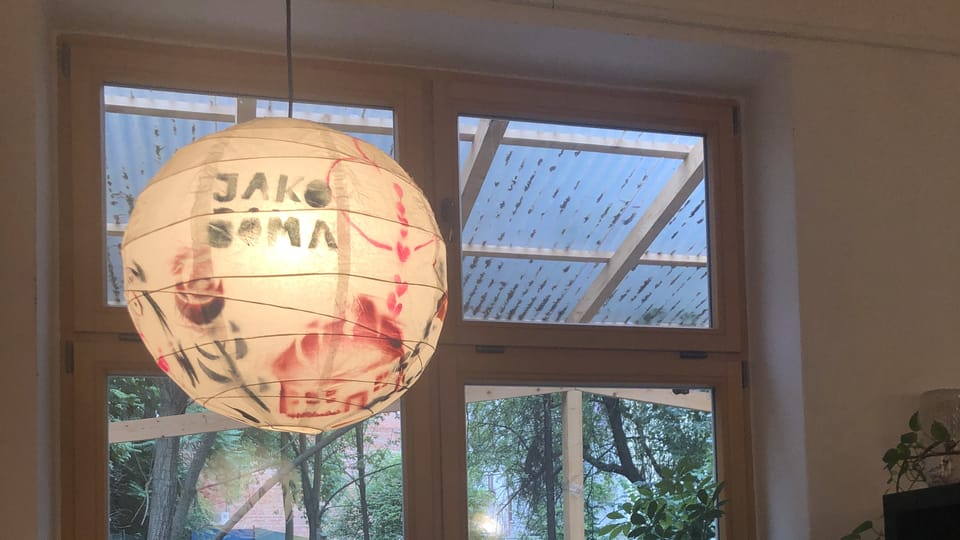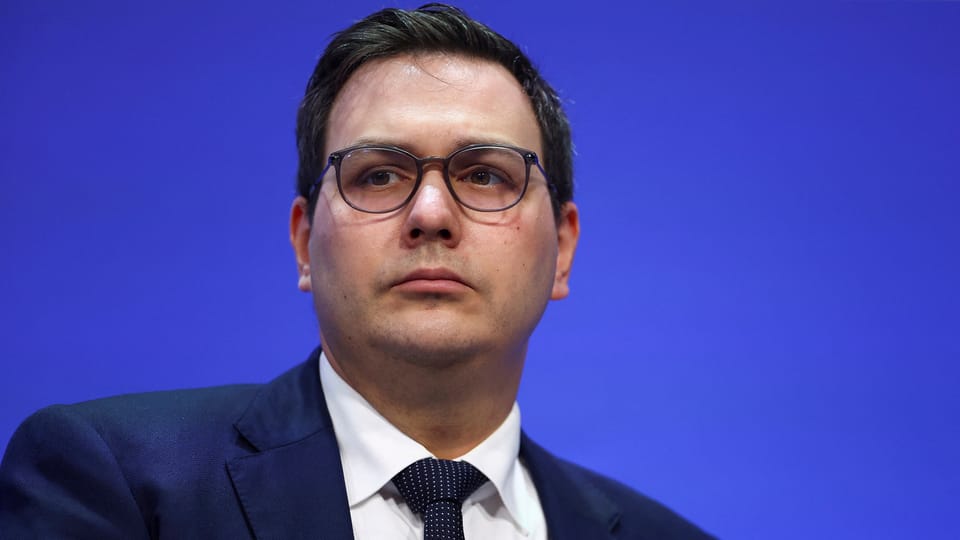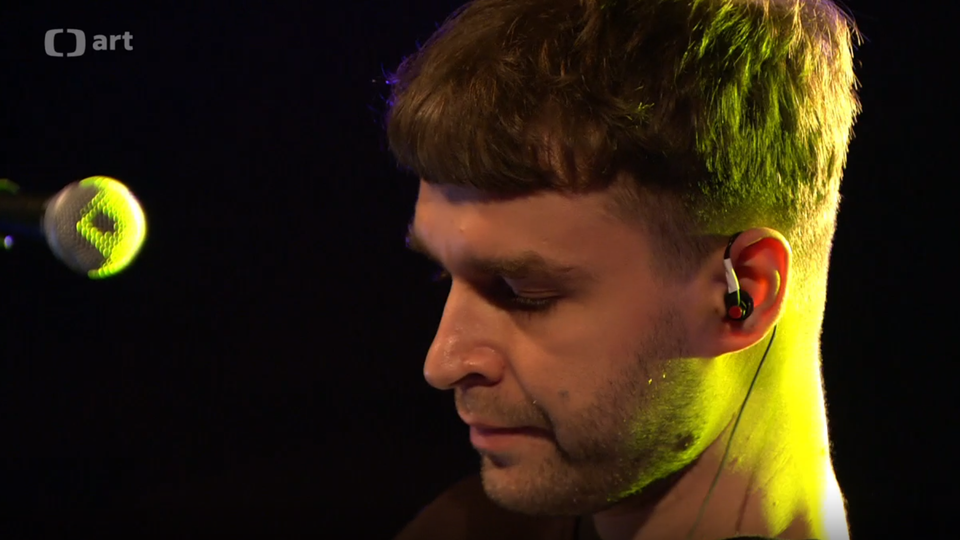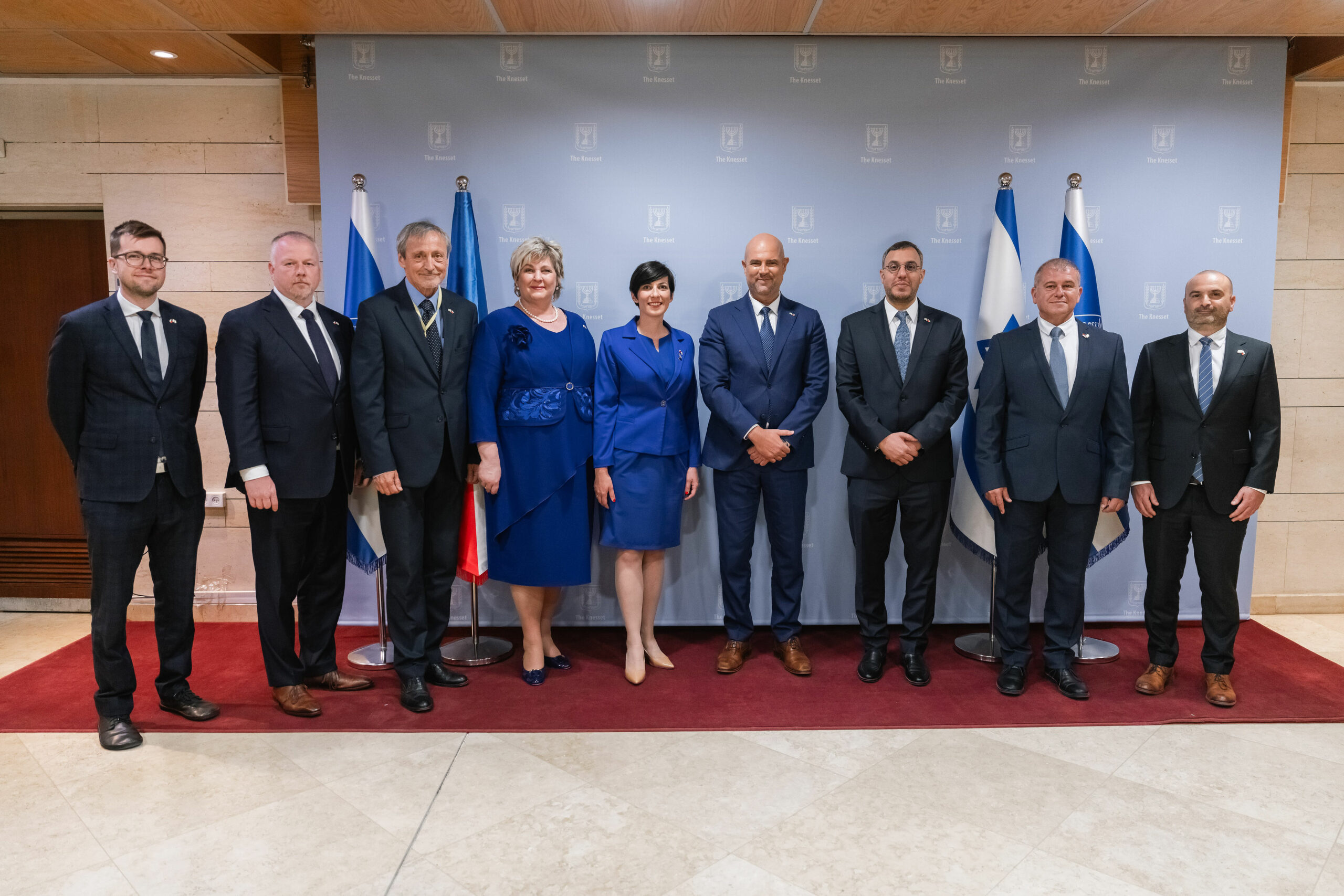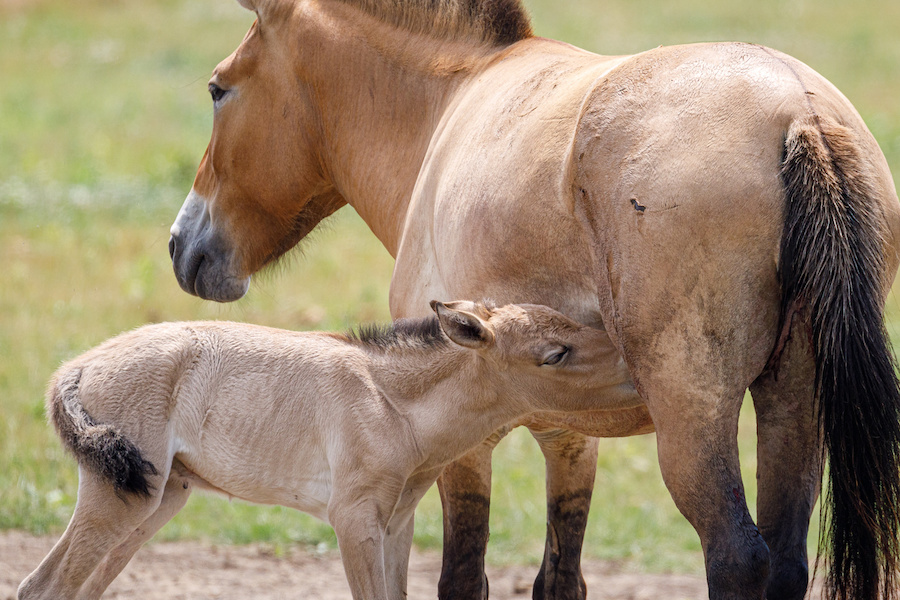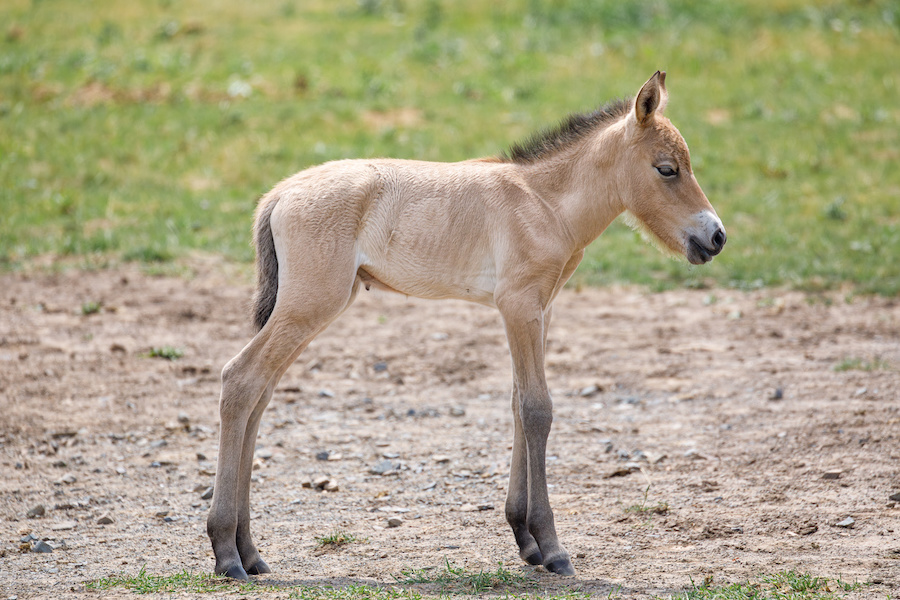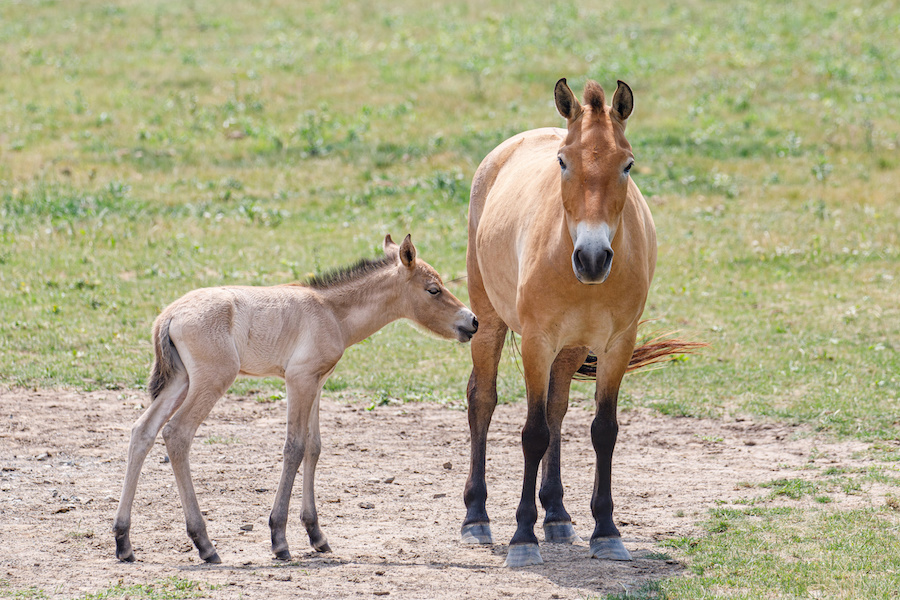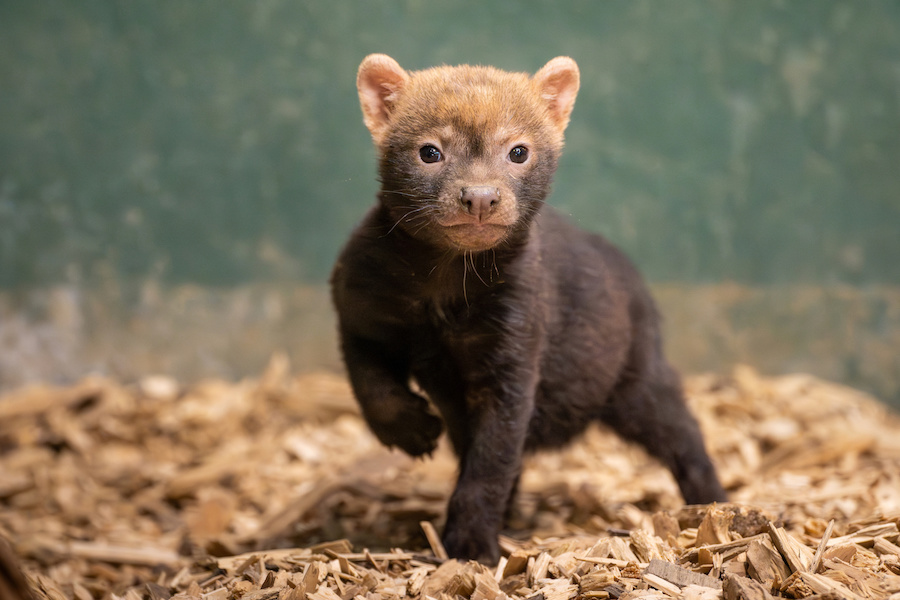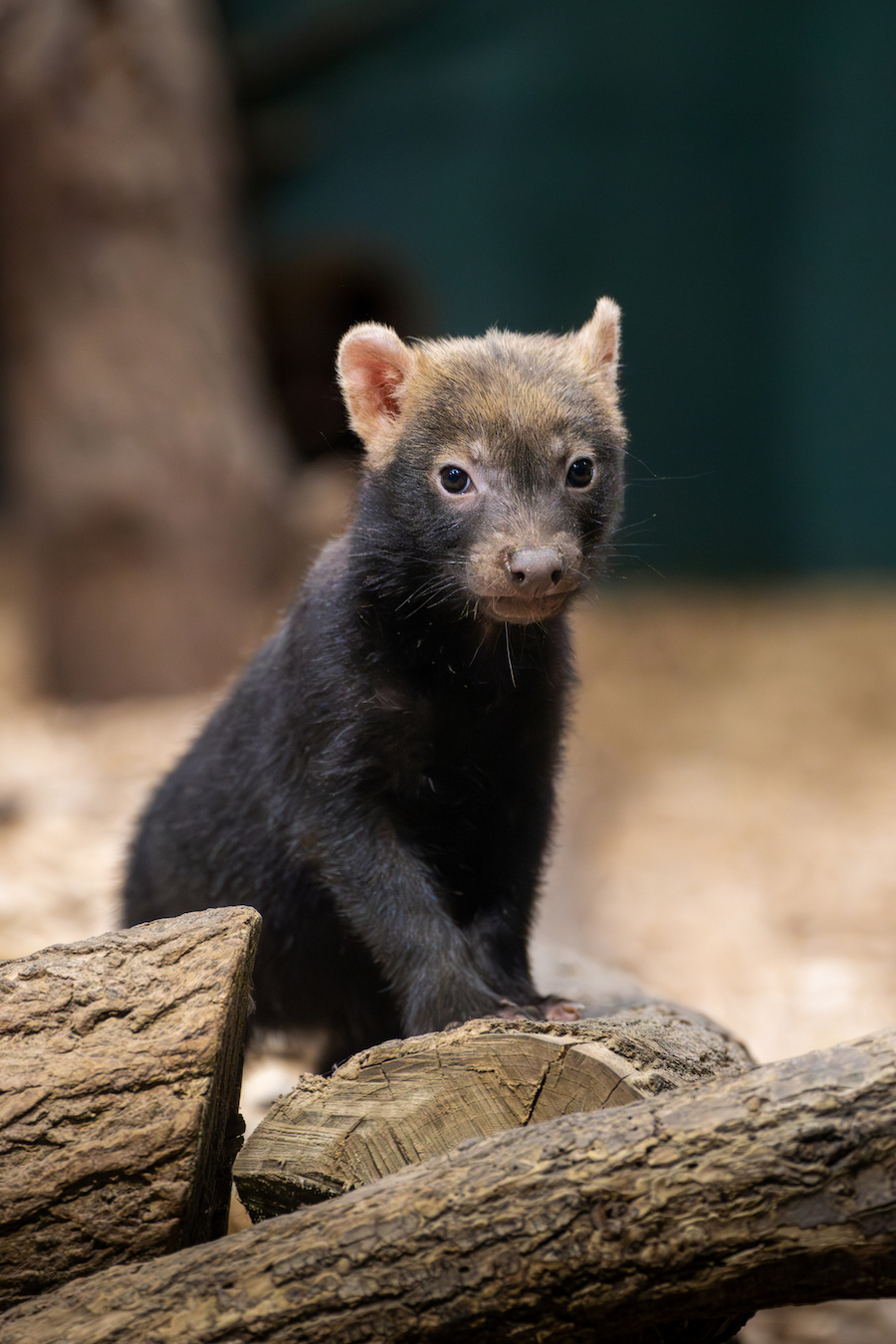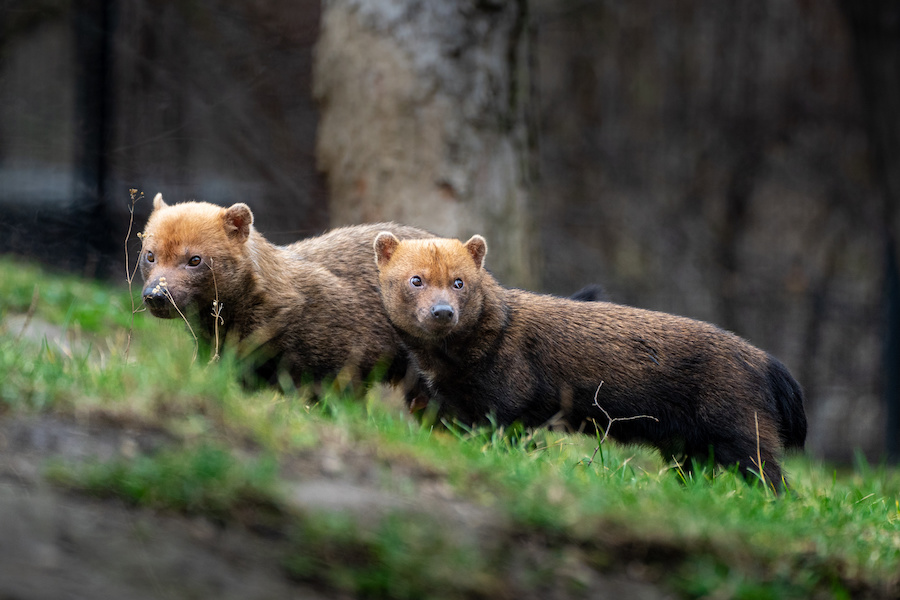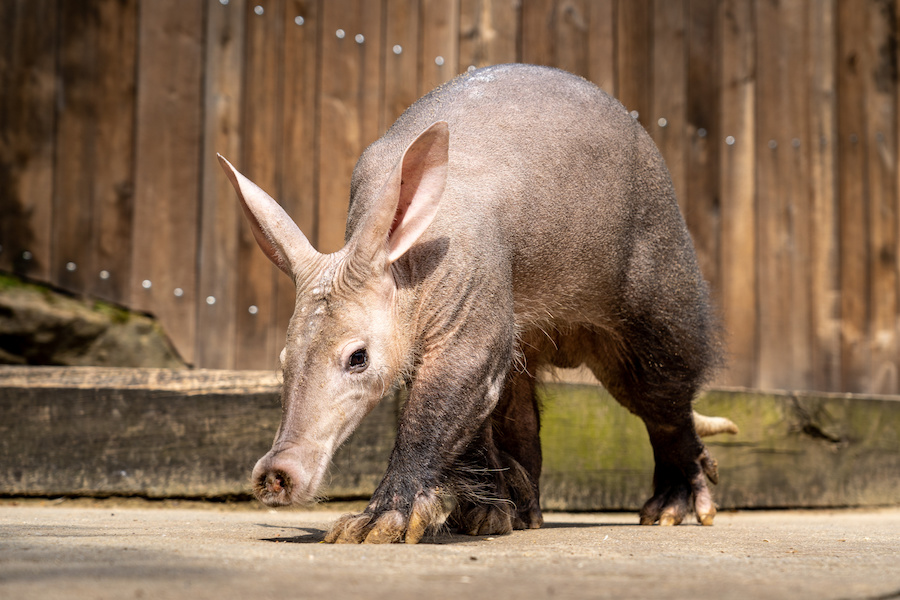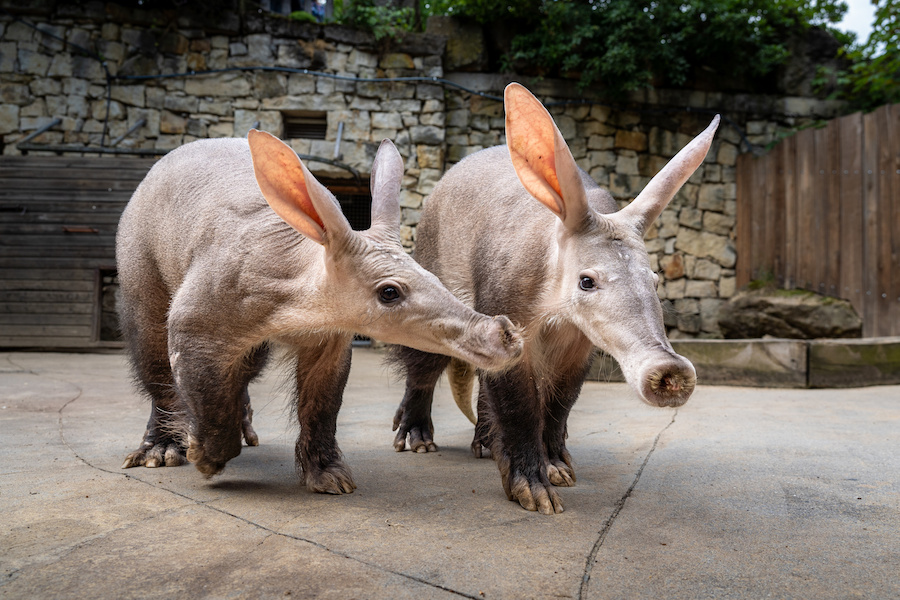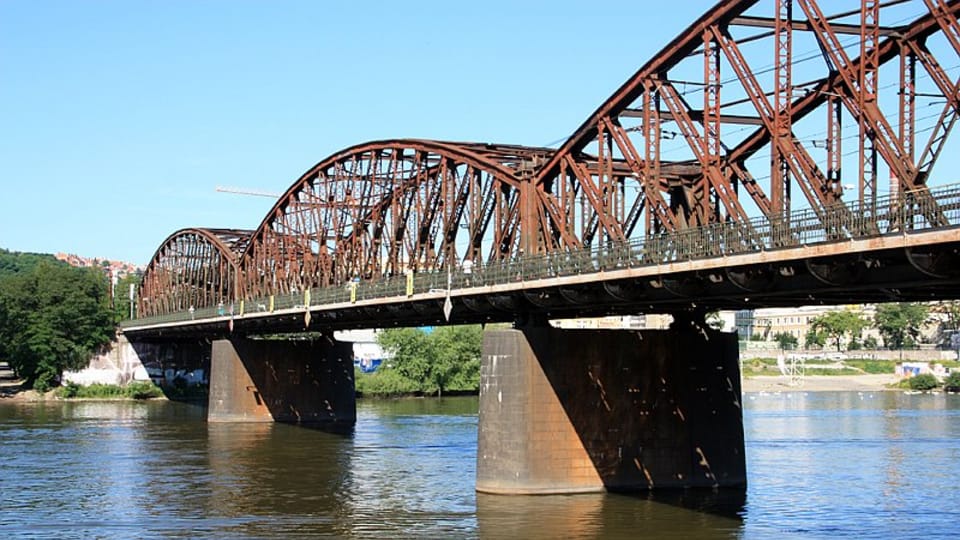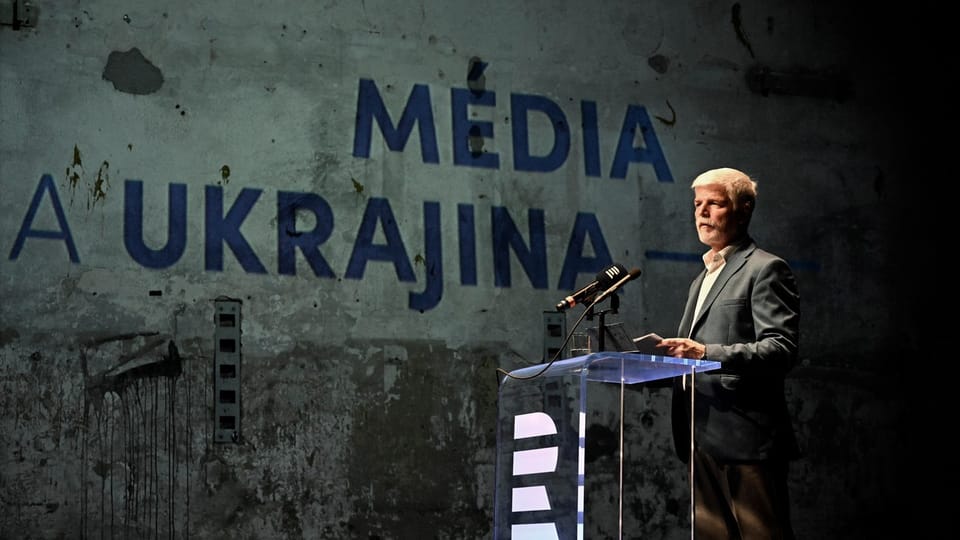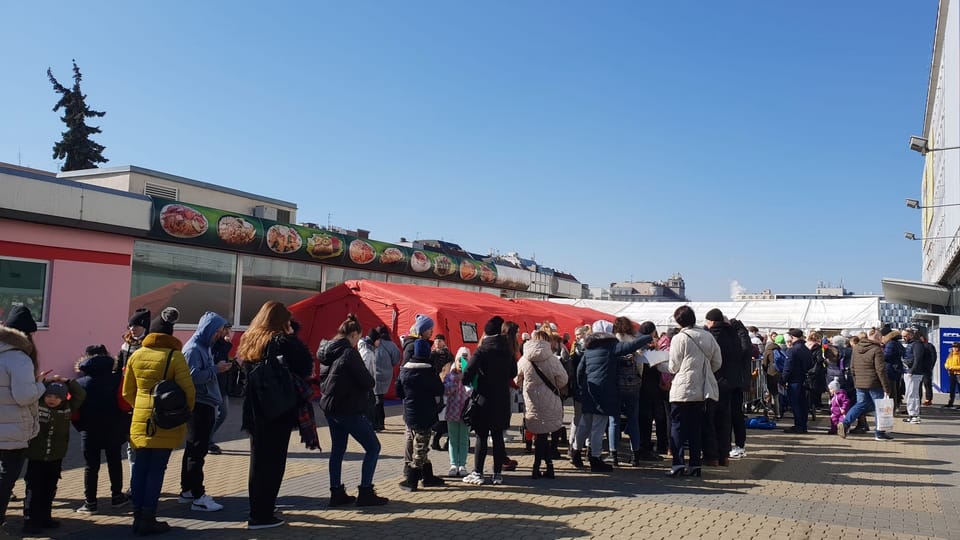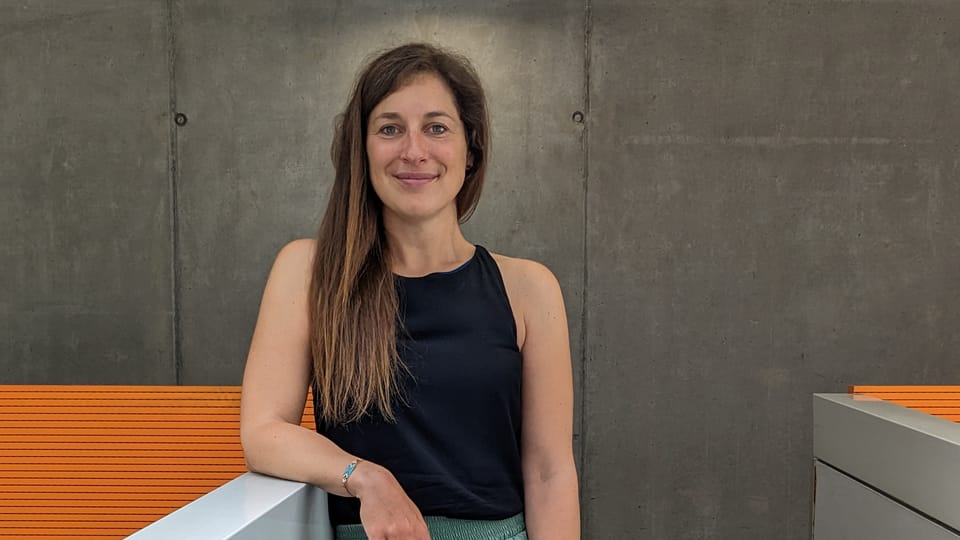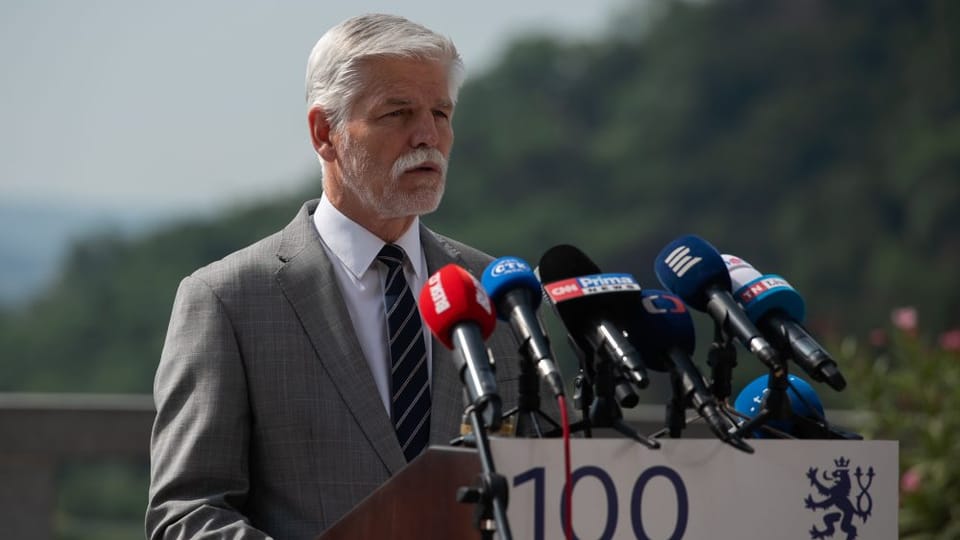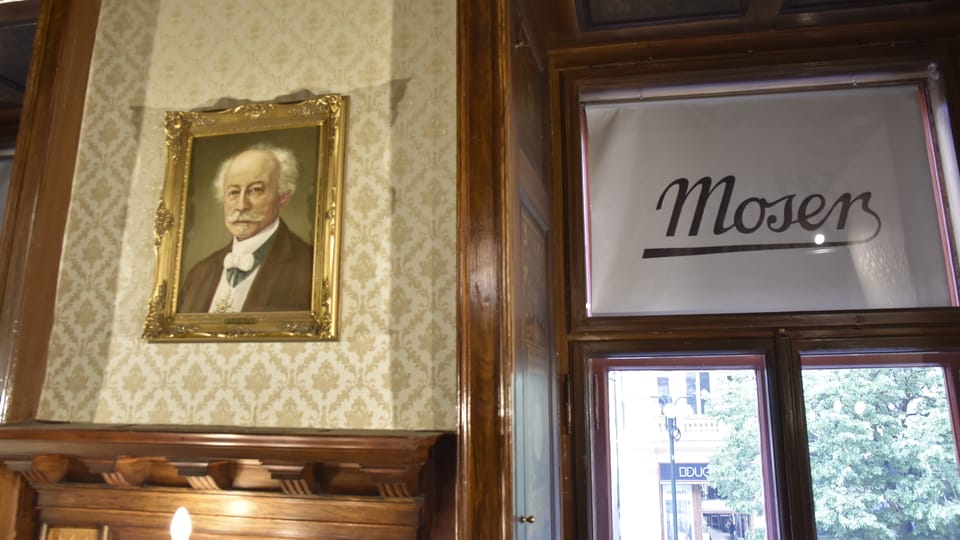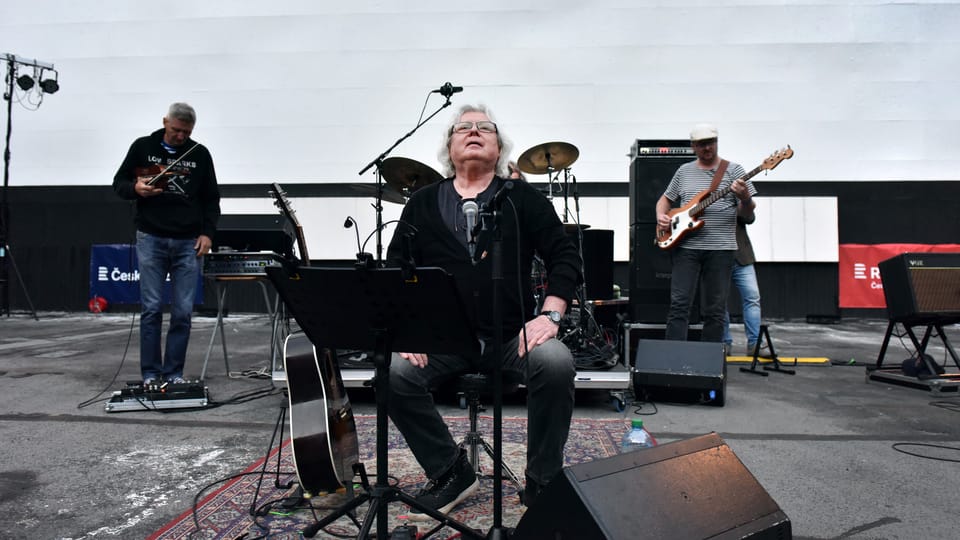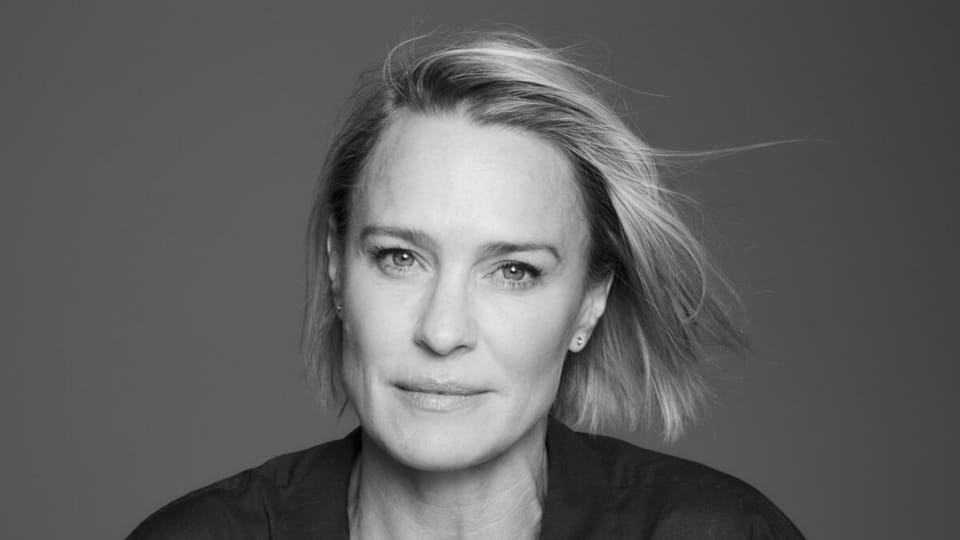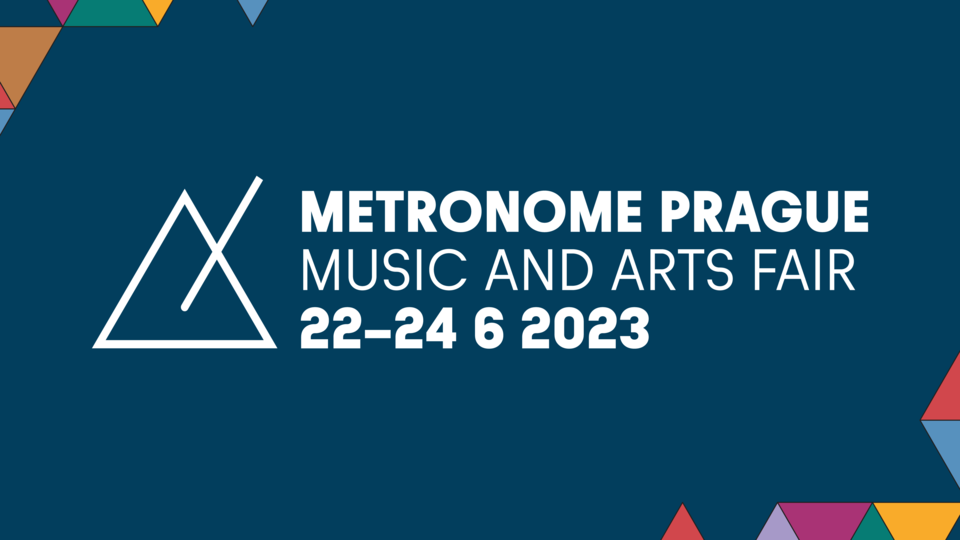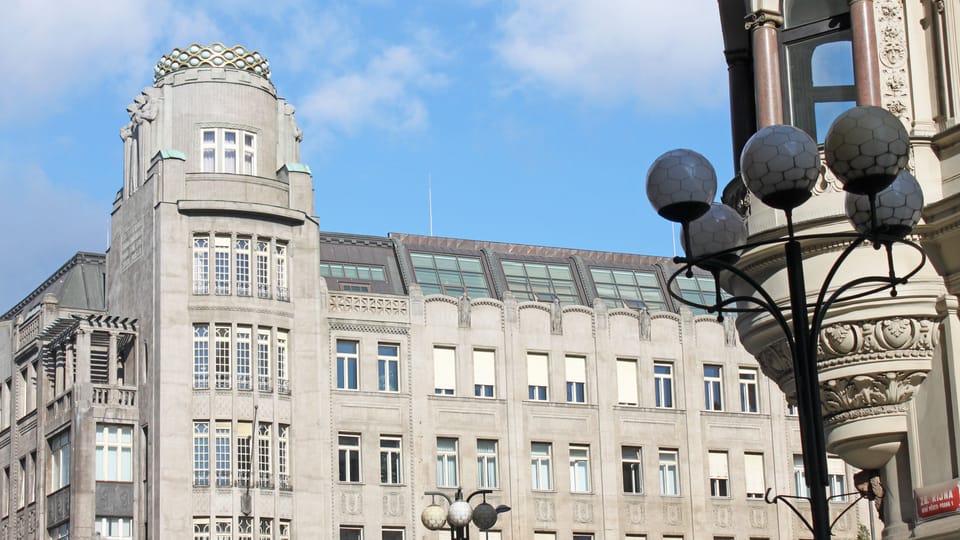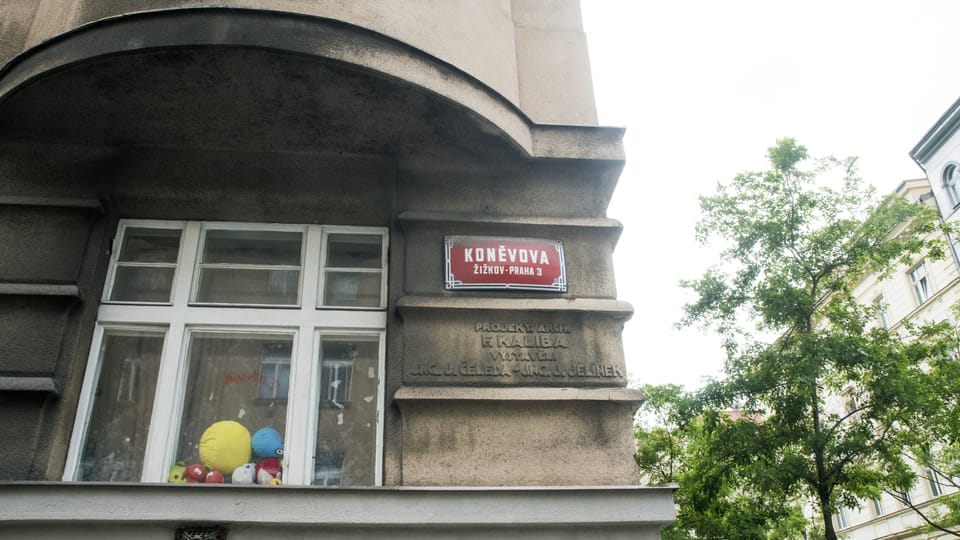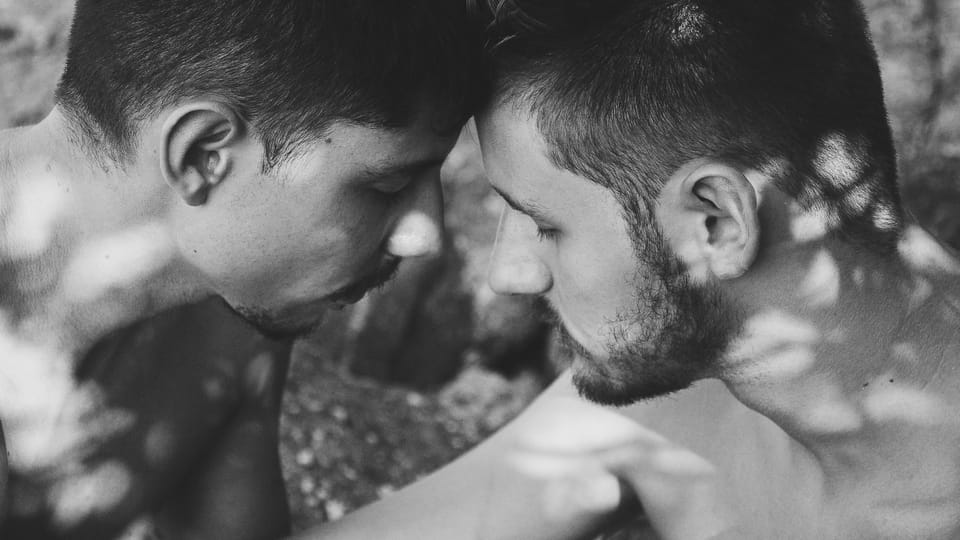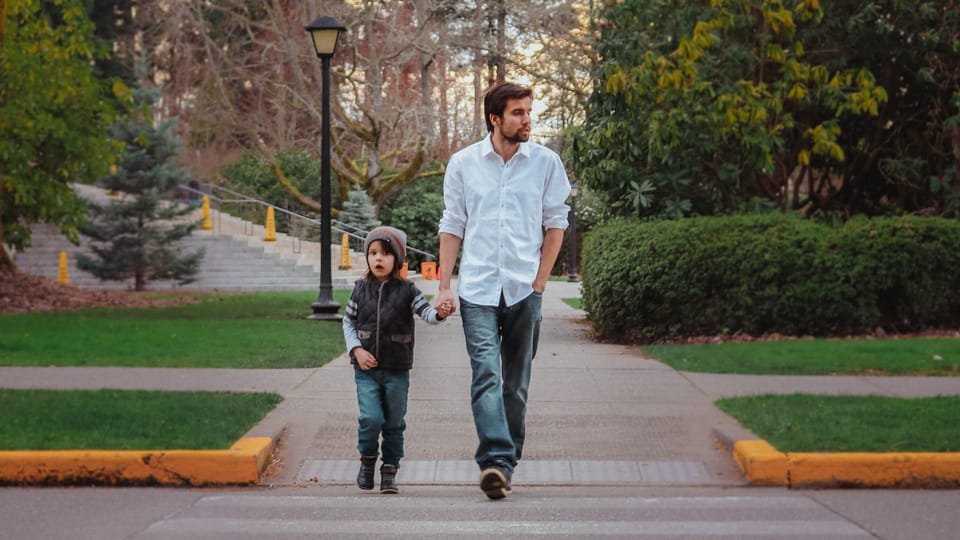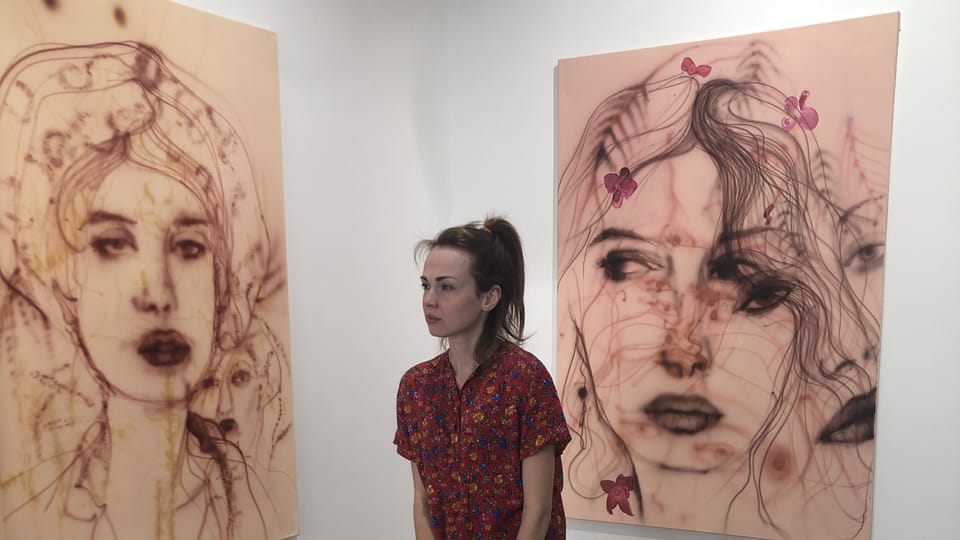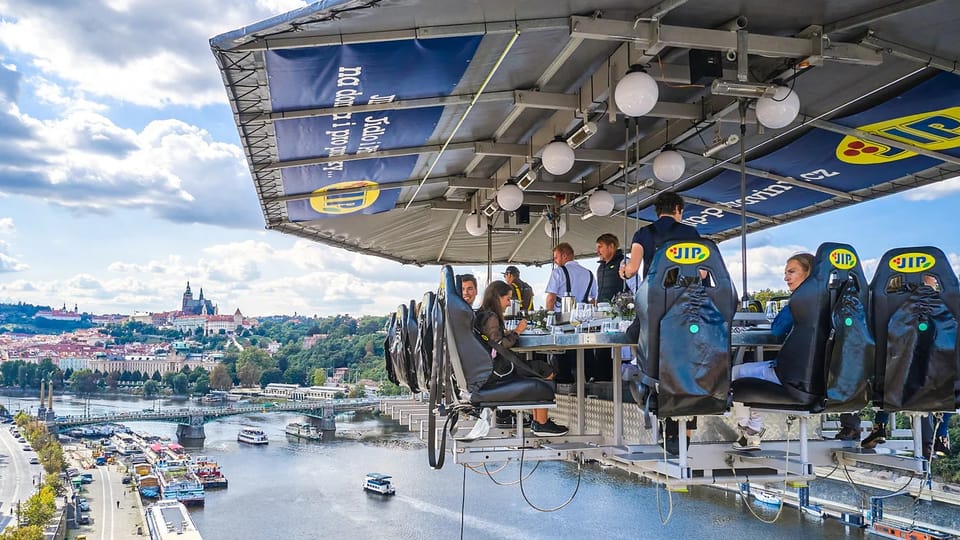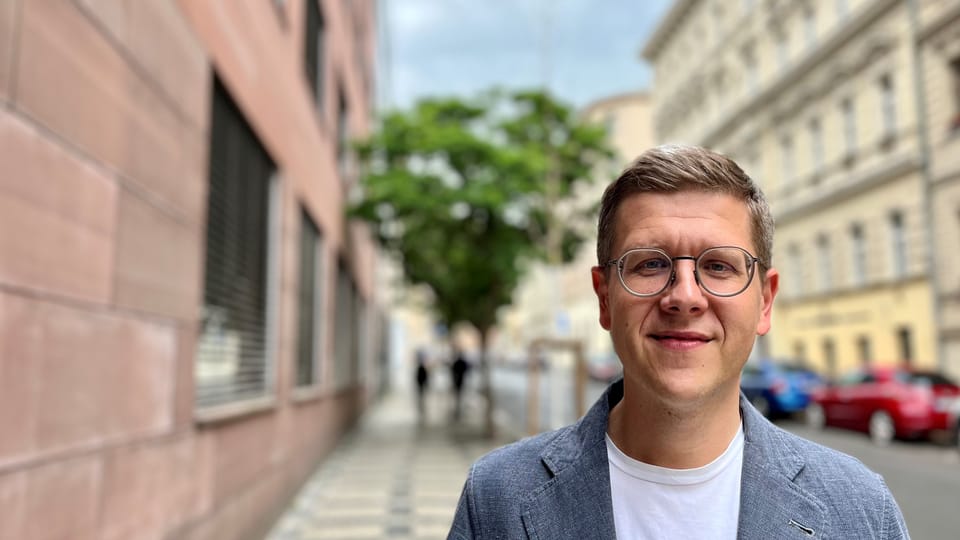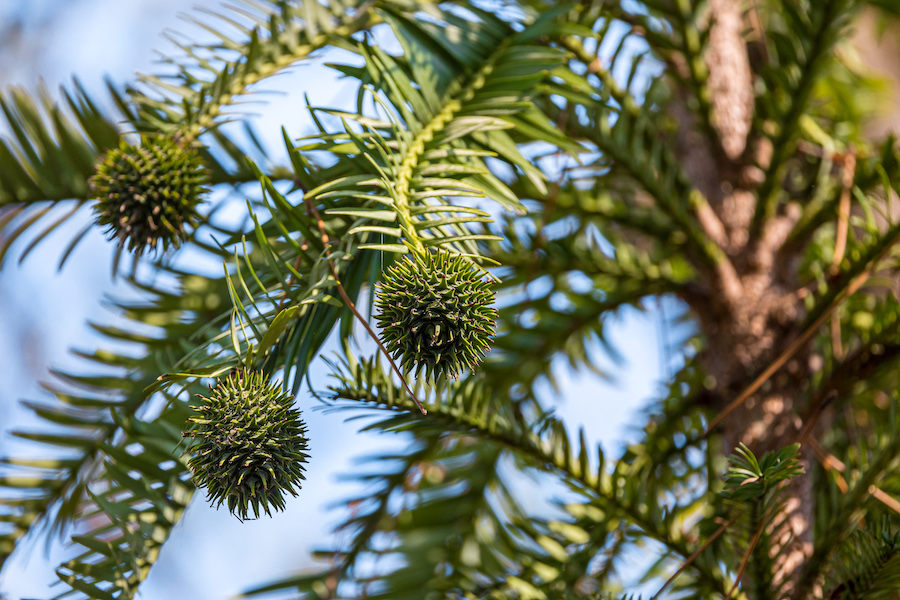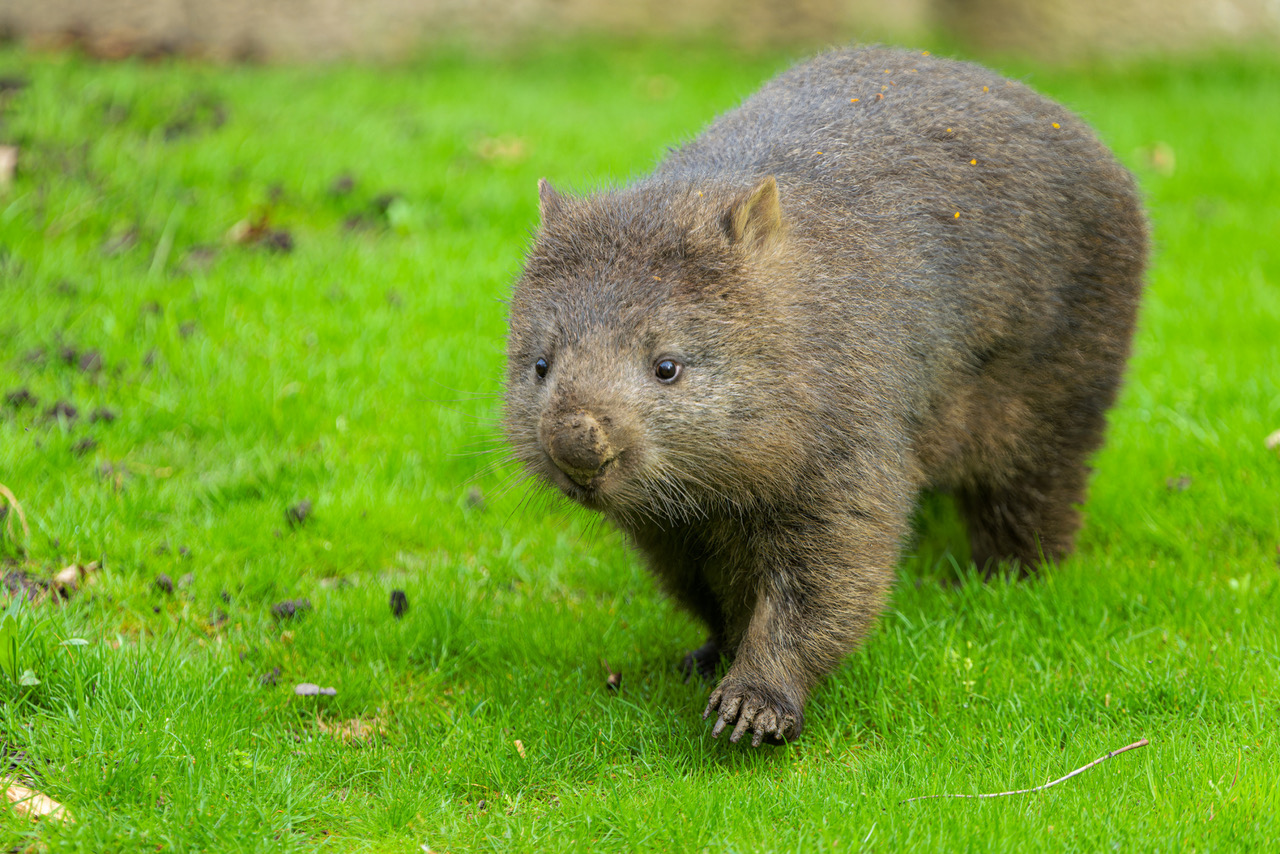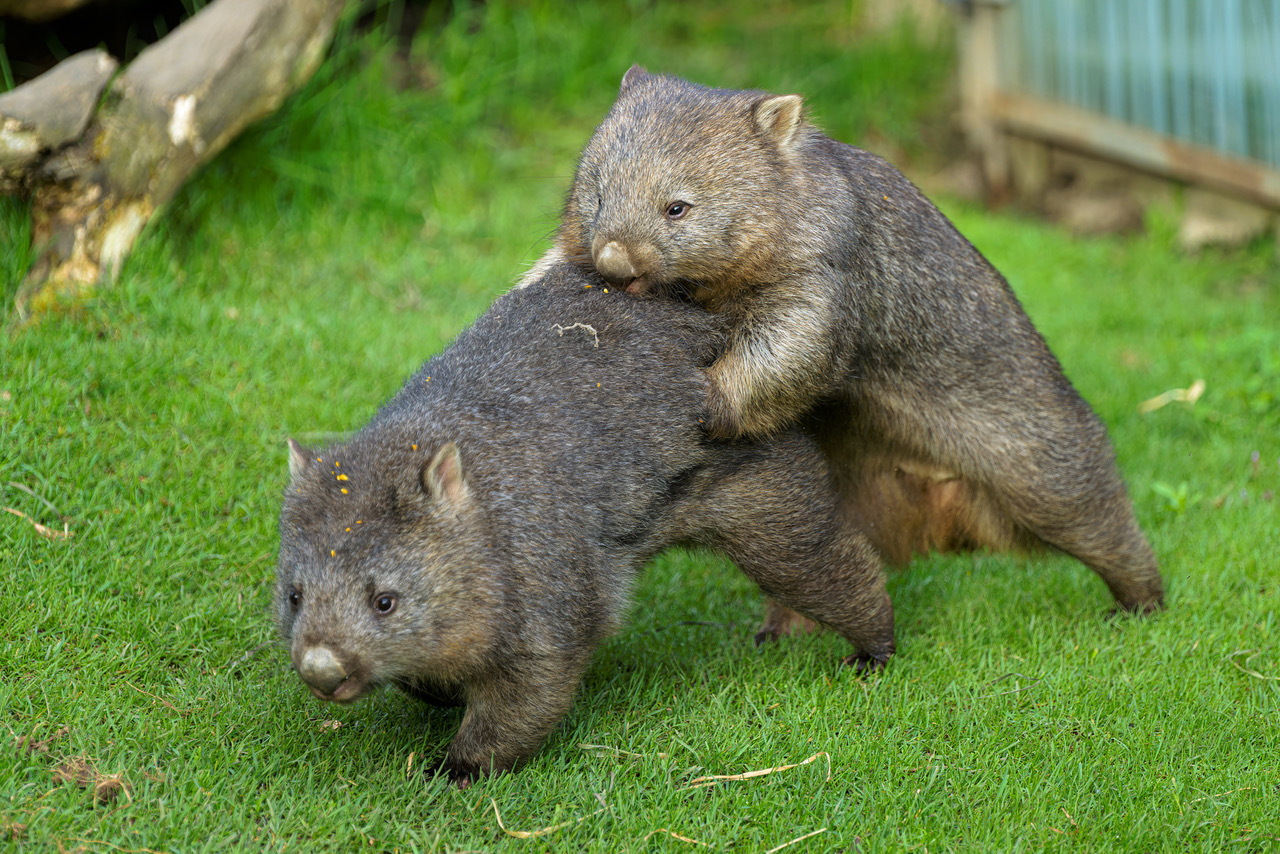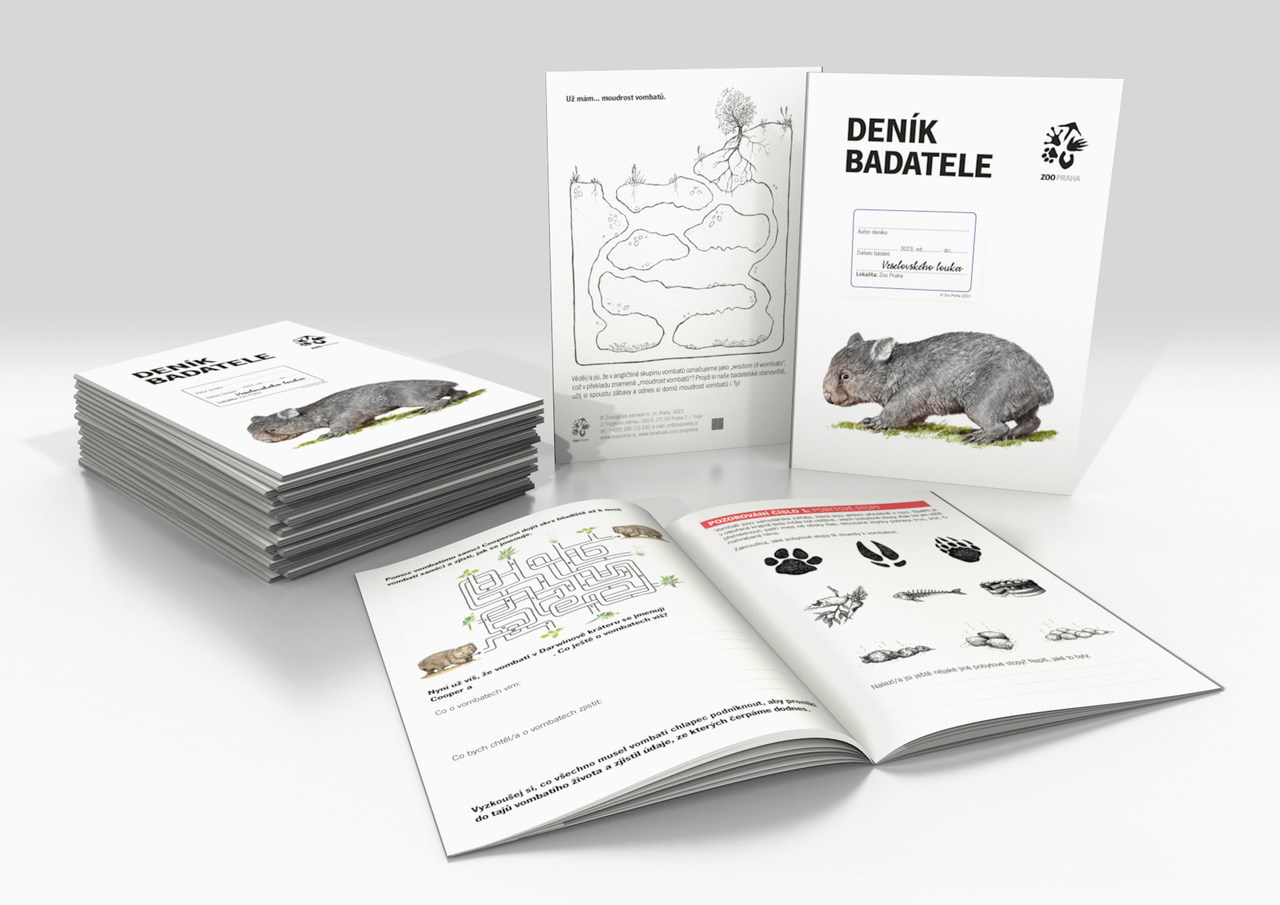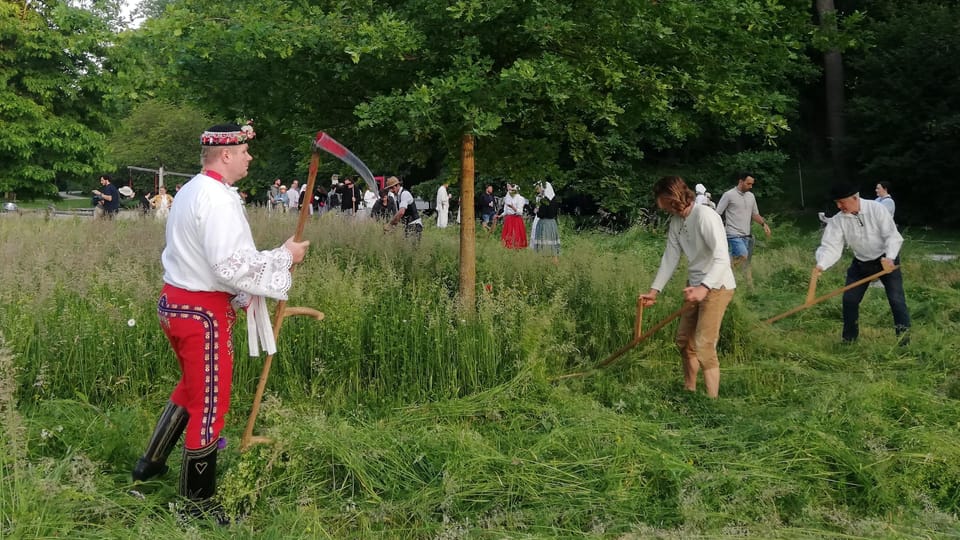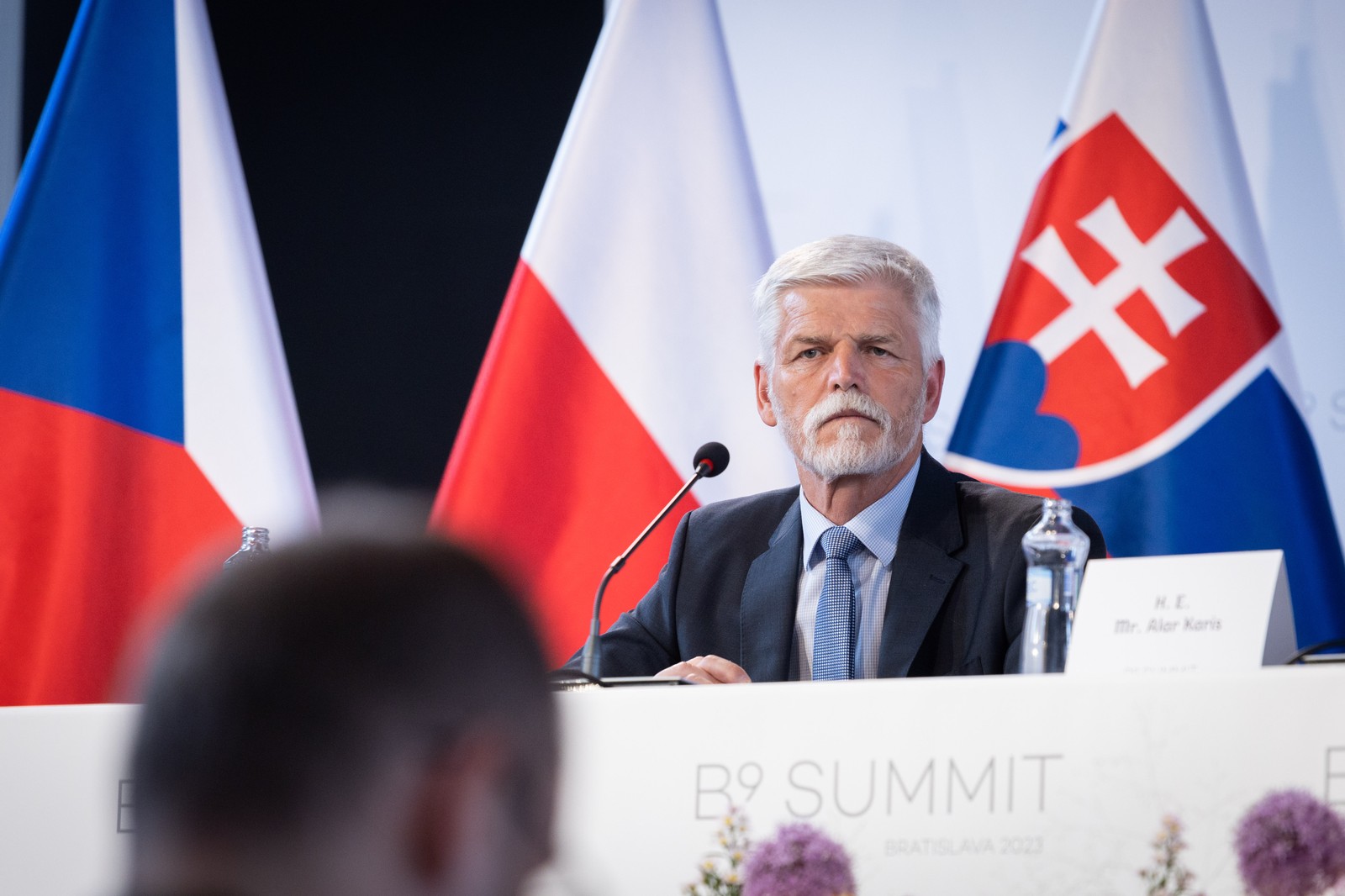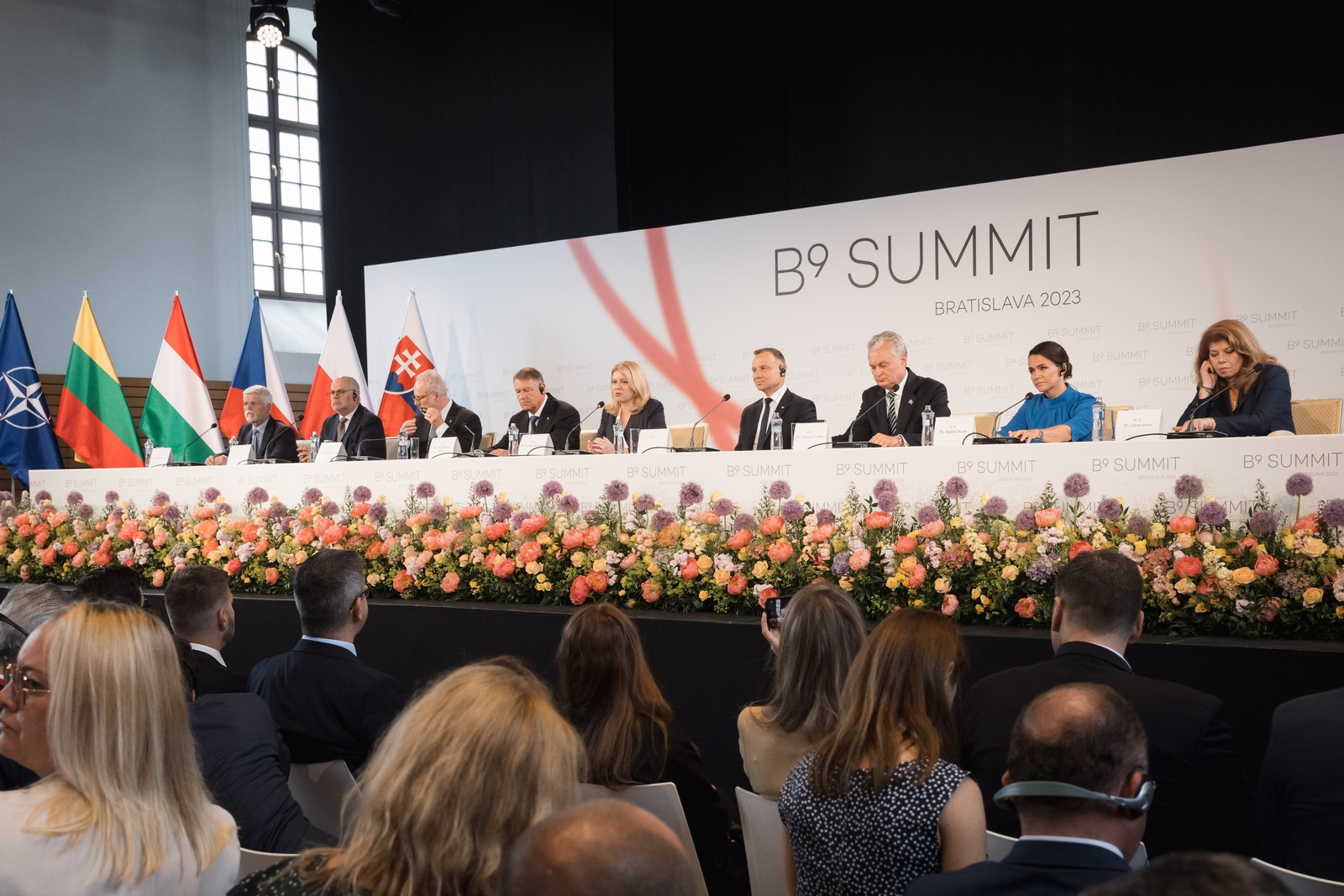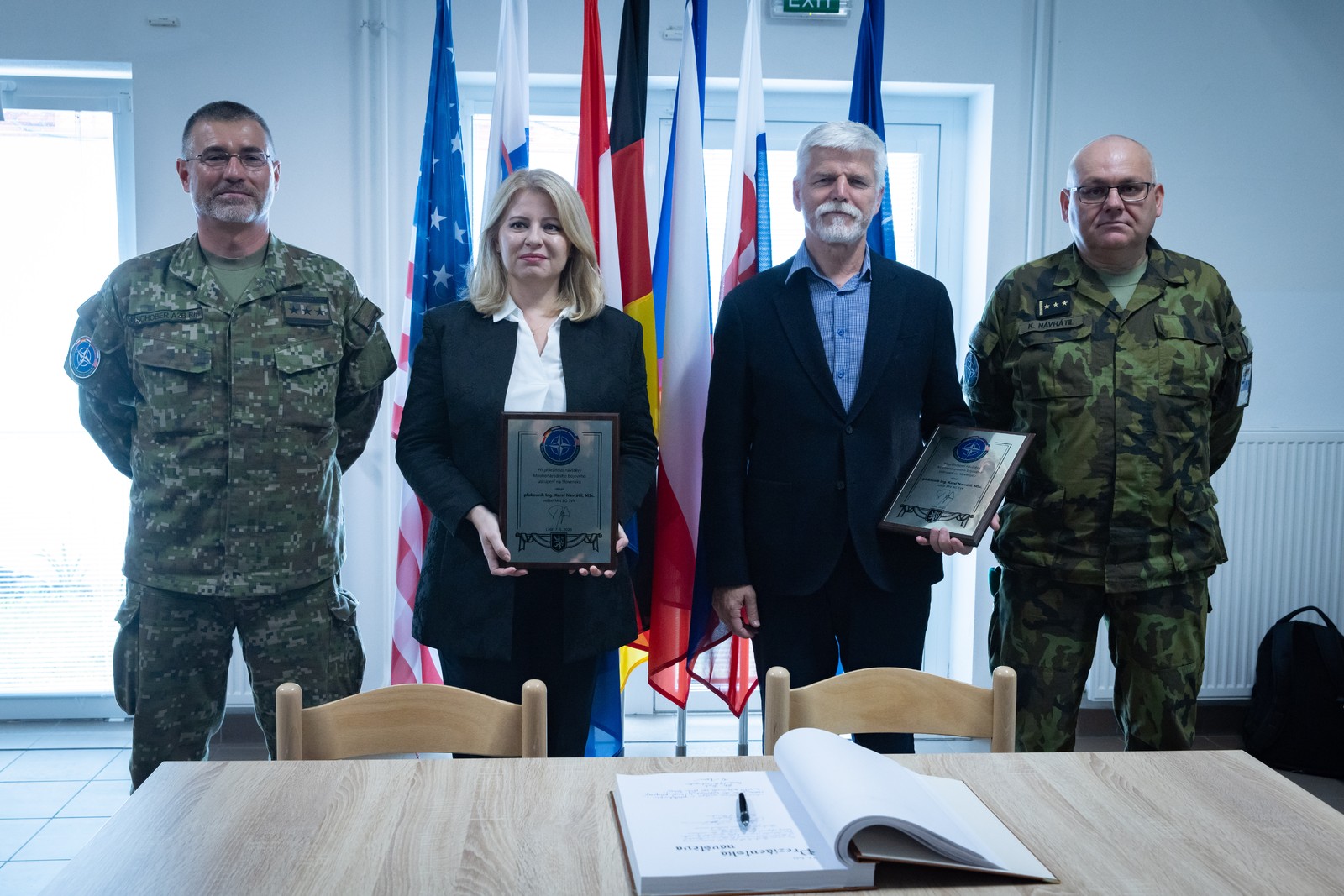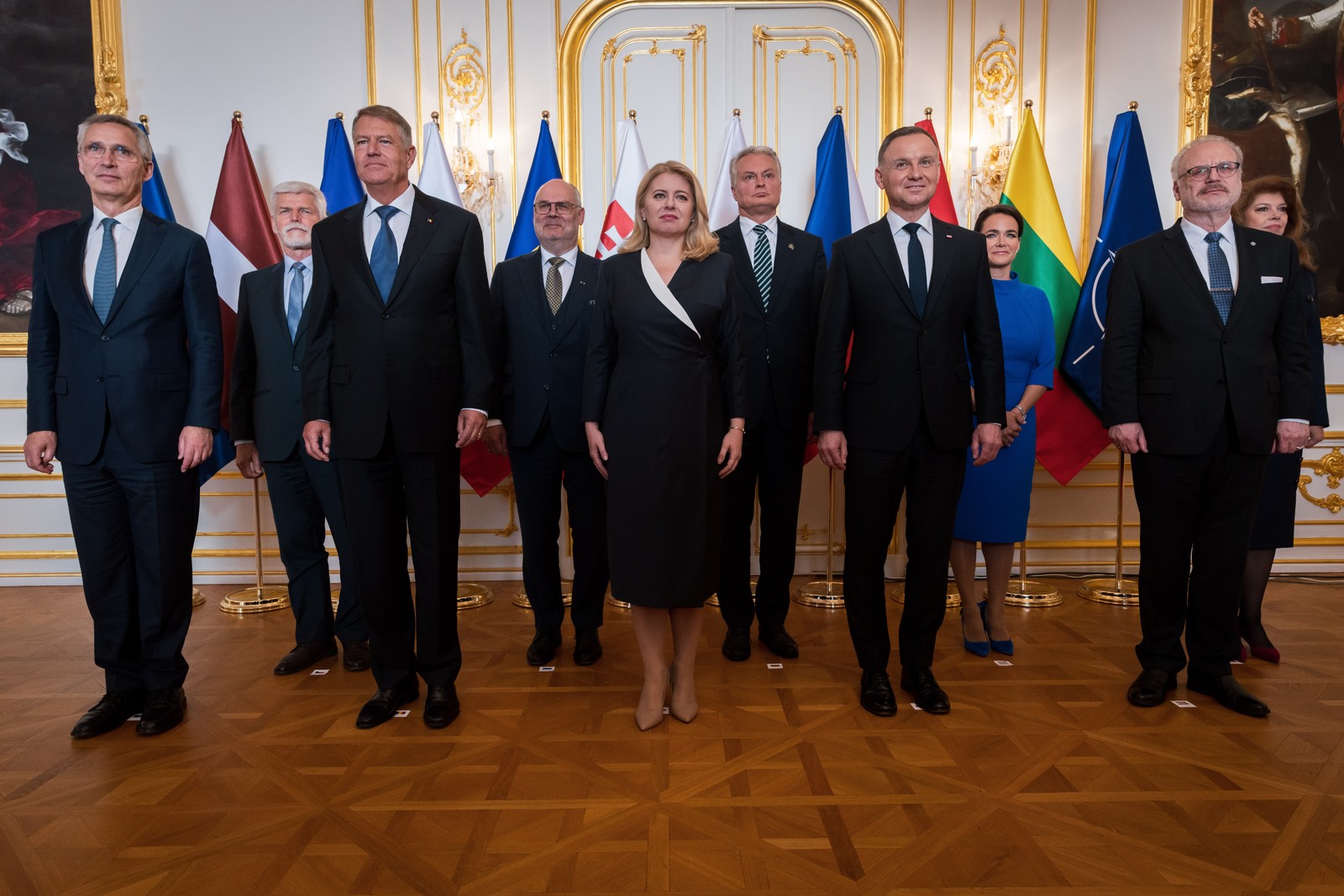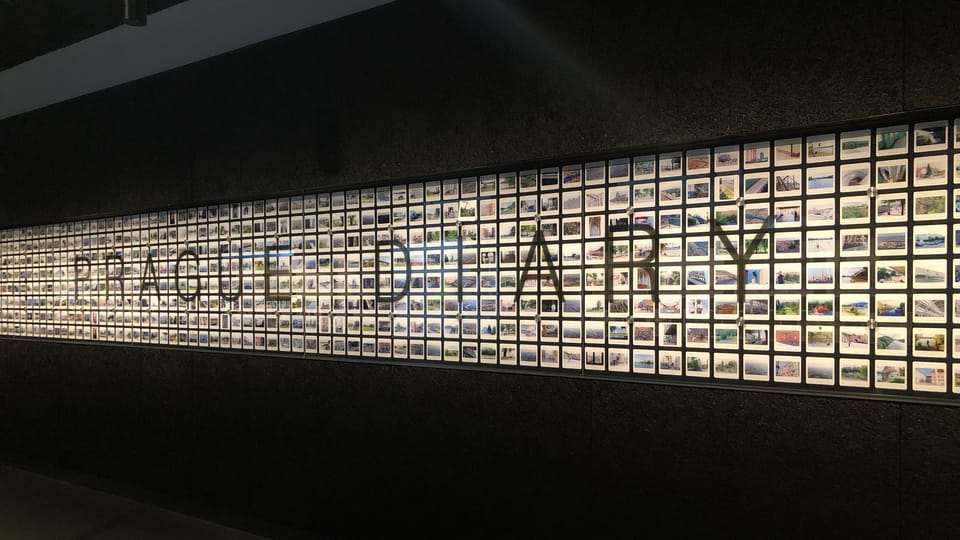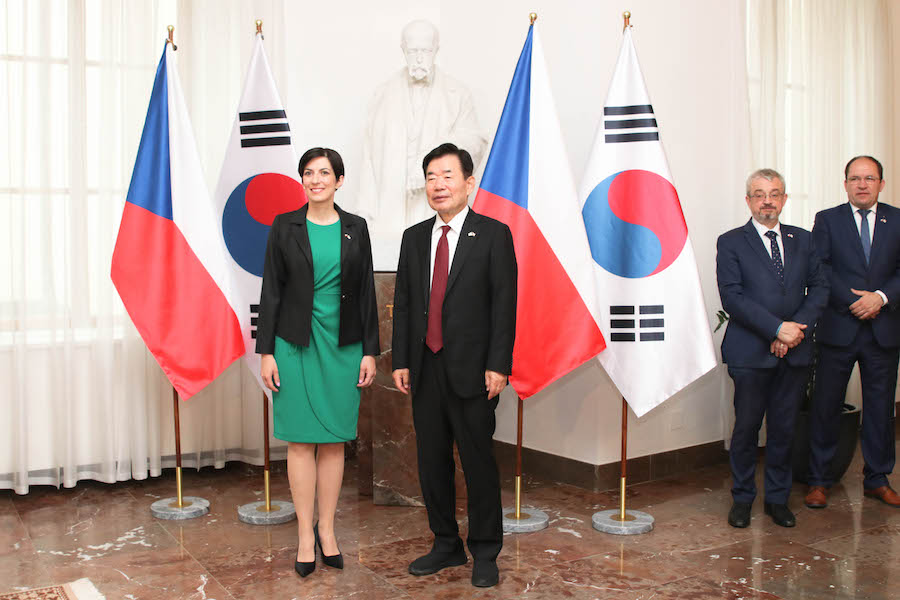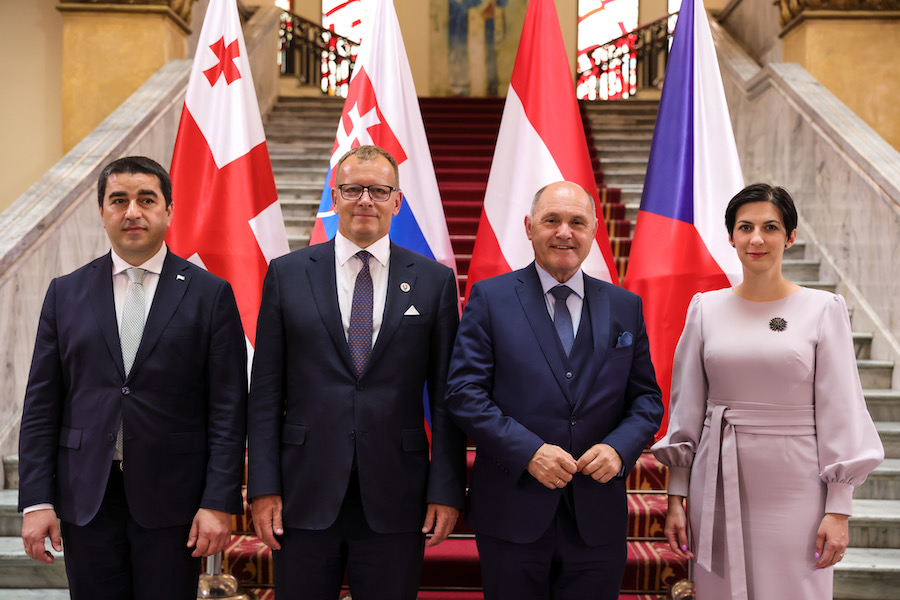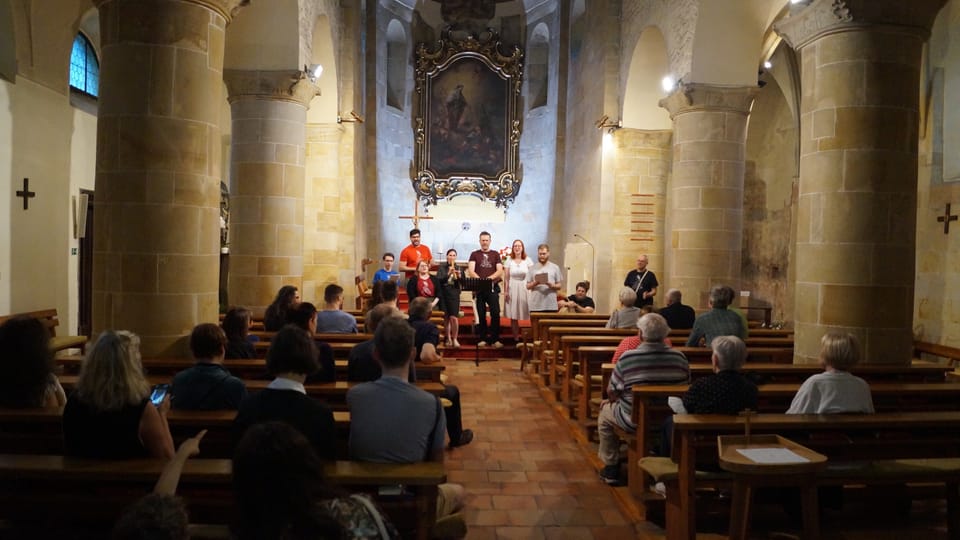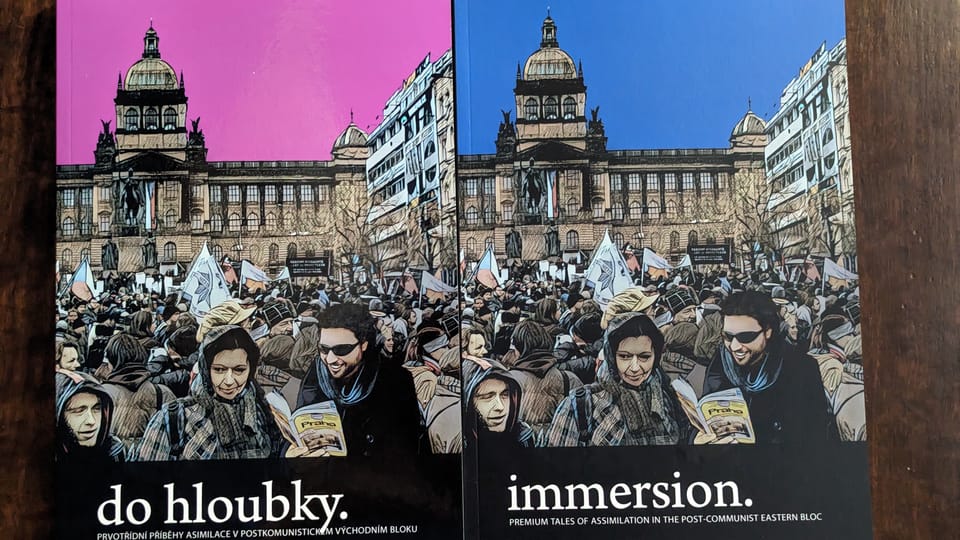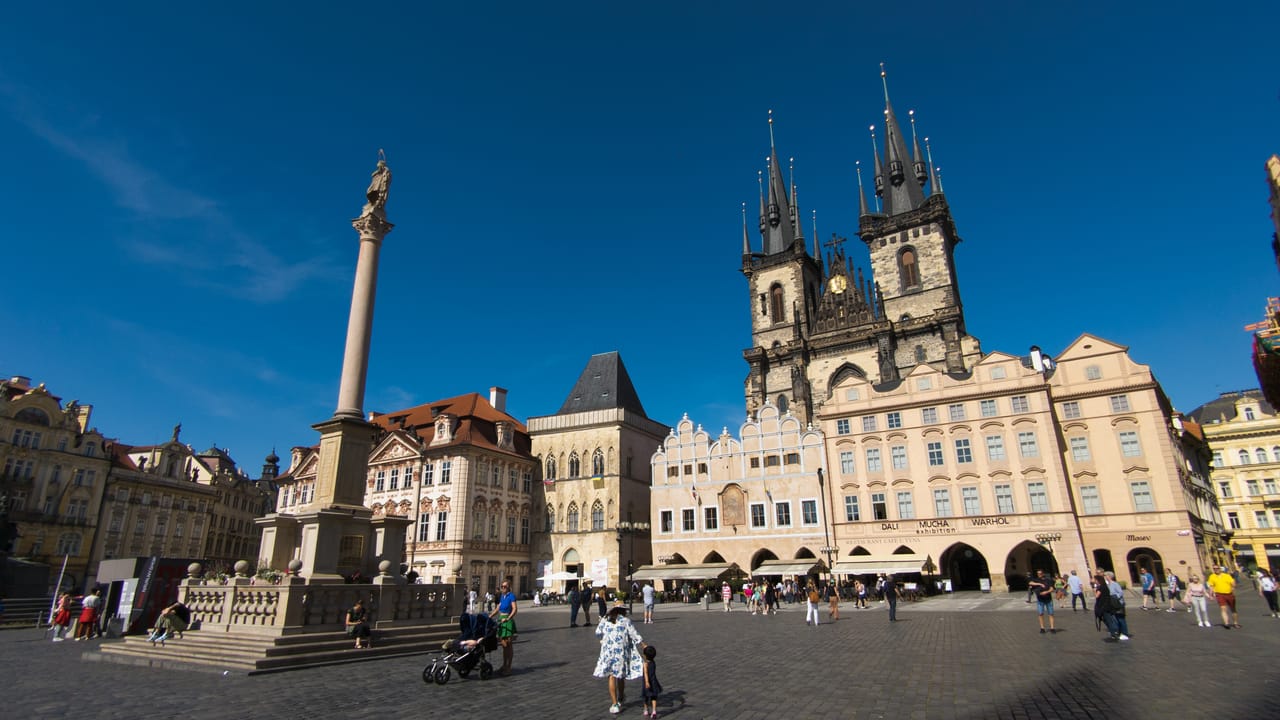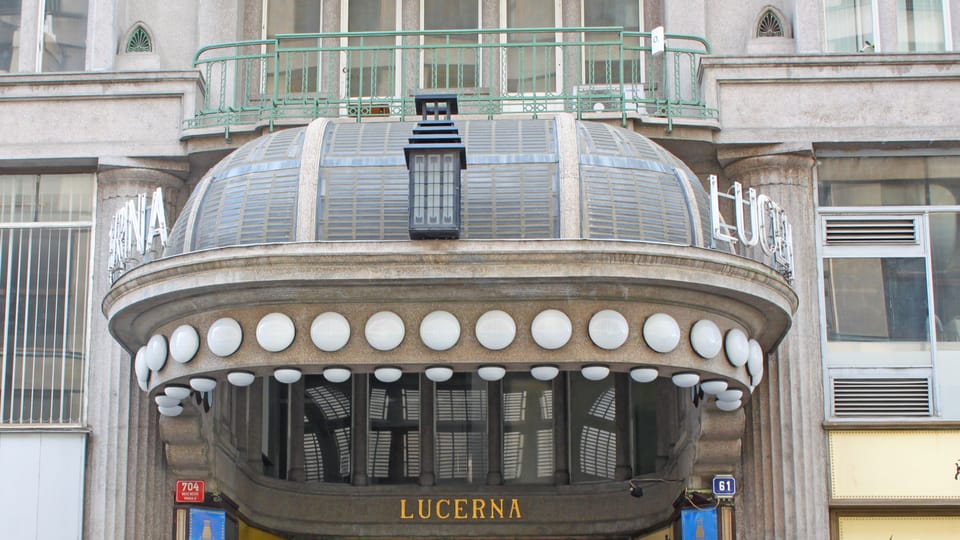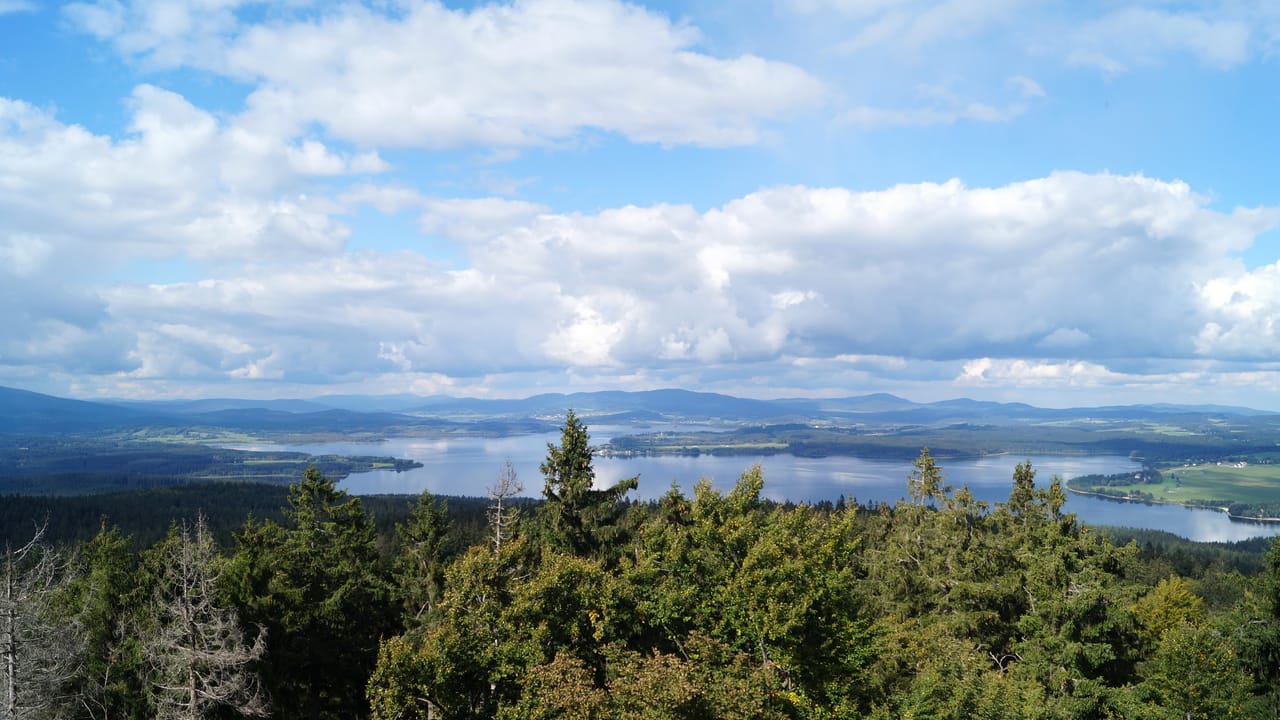
Holy Mass for Olga Havelová
On the anniversary of Olga Havel’s 90th birthday, on July 11, a Holy Mass open to the public was held in the Týn Church on Old Town Square in Prague. Msgr. Václav Malý, a member of the board of directors of the foundation, a dissident and a personal friend of Václav and Olga Havel, celebrated the Holy Mass not only for Mrs. Olga, but also for other important women in the foundation who have left us in recent years. They are the former director and later chairman of the board of directors of the foundation MUDr. Milena Černá, long-time chairman of the supervisory board of the JUDr. Magdalena Pištorová and dissident and honorary member of the foundation’s board Dana Němcová. The singer and composer Aneta Langerová and the Maranatha Gosepl Choir sang a musical tribute to all the deceased personalities, who sang the Song for Olga accompanied by the organist Jakub Zitek. Liturgical texts were read by the chairman of the board of directors of the foundation Vojtěch Sedláček and its member Anna Šabatová.
Olga Havelová’s legacy
Olga Havlová renewed the tradition of charitable activities of the first ladies of Czech presidents, interrupted by the totalitarian regime. Mrs. Olga did not aspire to become the first lady, but despite this, she entered this role with complete naturalness and filled it with meaningful content. It can be said that she became the first ombudsman for people with any kind of disadvantage. She founded the Goodwill Committee, one of the first non-profit organizations in post-revolutionary Czechoslovakia, spoke openly about the injustices caused by the totalitarian regime, and strove for social change.
Mrs. Olga was courageous, truthful, matter-of-fact, and internally very strong. She helped unobtrusively and led her co-workers to do the same. She was very active in the foundation – she did not wait for someone to approach her, she herself looked for a way to help people who were unjustly marginalized. She visited institutions, homes for the elderly, or children’s homes and also addressed donors or organized collections. She inspired many people not only in our country but also abroad and sparked a huge wave of solidarity. Mrs. Olga has always remained herself, even in the completely new role of First Lady. Through her actions, she proved that even one person who firmly believes in what they are doing and is authentic can be the initiator of a huge change.
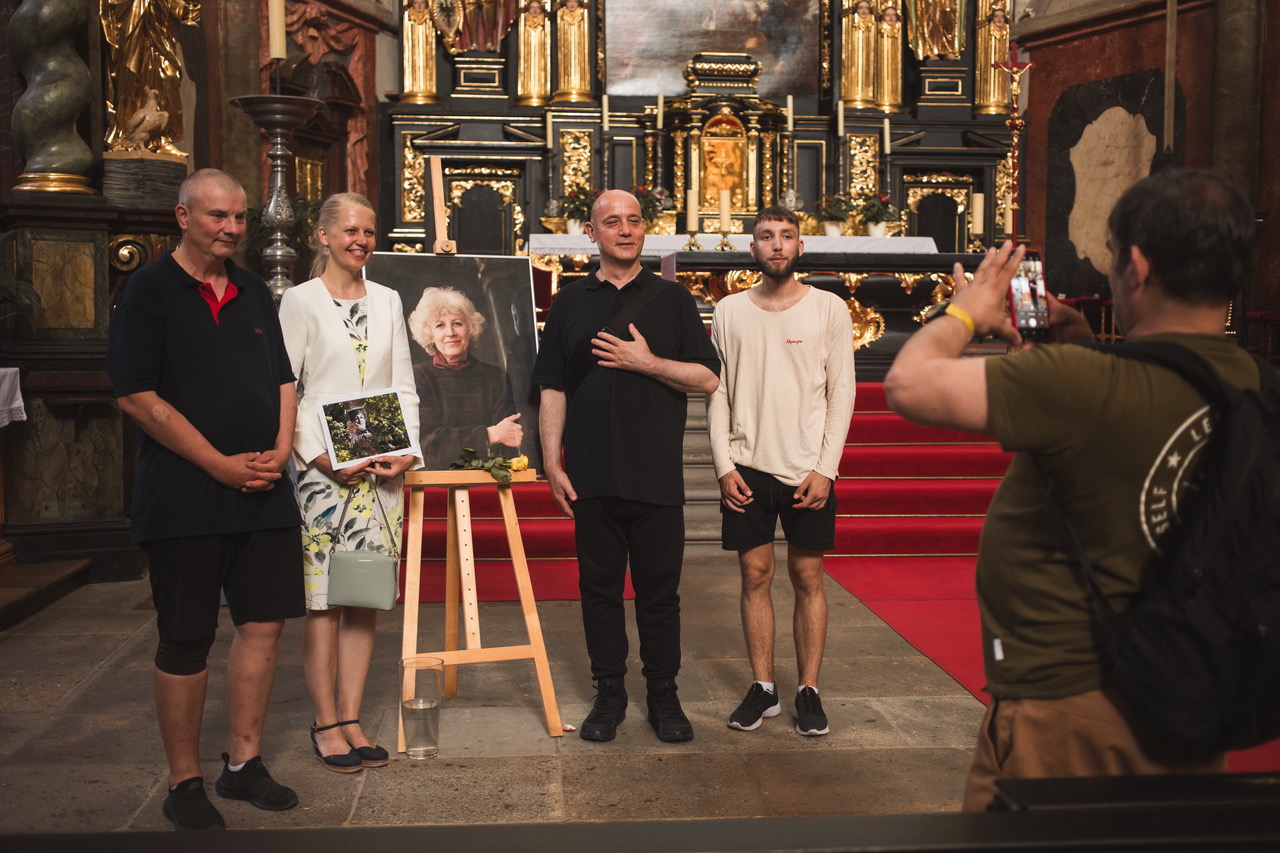
Olga Havel’s Trees- a project of the Committee of Good Will – Olga Havlová Foundation
For more than 30 years, the Good Will Committee has been following in the footsteps of Olga Havel and at the same time reminding the public of her legacy. This year we are celebrating the 90th anniversary of the birth of Olga Havel, and a large number of our supporters participated in the preparation of the commemorative year. We decided to follow up on the activities that took place five years ago for Mrs. Olga’s 85th birthday – we planted 85 Olga Havel trees throughout the Czech Republic, and this year we would like to increase their number to 90 by planting five more trees. even the new ones, we meet with representatives of municipalities and citizens throughout the year, and together with local choirs we sing the Song for Olga, composed by Aneta Langerová in honor of Olga Havelová. This gives rise to countless beautiful variations of this song, sung by children, seniors, or professional or amateur artists.
Charity spot not only on Czech TV
To our great joy, director Martin Dušek, who in 2018 was the co-author of a charity spot about Olga Havlova with drawings by Kateřina Kynclová, joined the preparations for the year’s events. His main accent back then was Olga Havel’s unforgettable hair. Now the director has decided to use the motif of a tree in the spot. On the spot, he collaborated with the painter Adéla Maria Jirků and also with the animator Martin Máj. When compiling the story of Olga Havel, the authors based their work on the beautiful compositions of Olga’s photographs taken by Bohdan Holomíček and Ondřej Němec. The charity spot was shown for the first time in May on Czech TV and was subsequently shown in cinemas.
Benefit concert
The highlight of this year’s celebrations was a benefit concert at the Czech National Bank, which we organized together with the association SILÓ HLASU. It is more than symbolic that the president of the association Dita Horochovská, last year’s winner of the Olga Havlova Prize, took part in the preparations for the concert. At the concert, the live premiere of the Song for Olga, composed and sung by Aneta Langerová accompanied by the Maranatha Gospel Choir, was performed. Václav Hudeček and the Barocco semper giovane orchestra performed the composition Four Seasons by Antonio Vivaldi, between individual movements Alfred Strejček recited sonnets that were probably written by Vivaldi himself for this piece and which were only recently discovered at the castle in Zámrsko. Ondřej Vetchý read excerpts from Olga’s Letters at the ceremony. The evening was accompanied by Tereza Kostková.
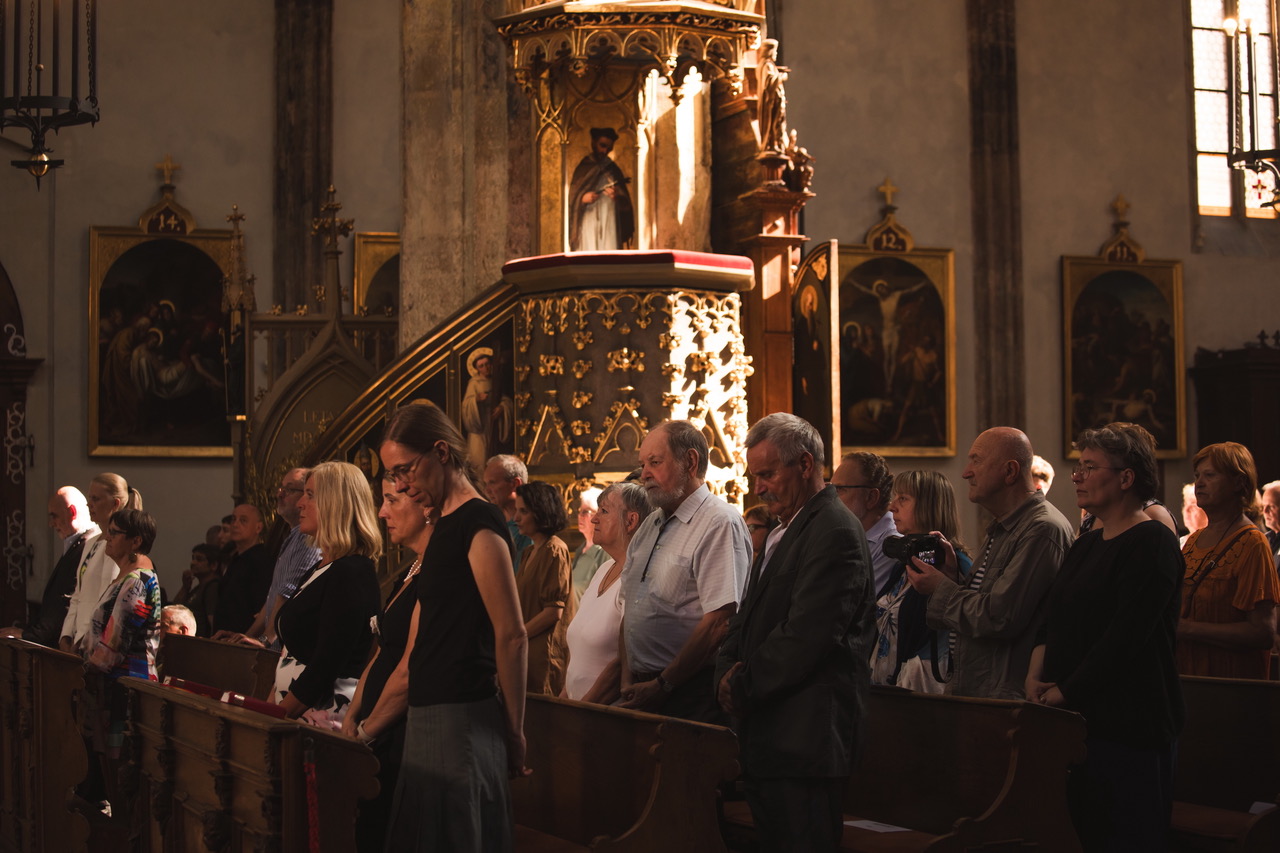
A gift for Olga
Olga Havlová always tried to help people who were sick, abandoned, living in degrading conditions. On the occasion of her missed 90th birthday, we organized a fundraiser, thanks to which we want to collect a symbolic 900,000 crowns to help disadvantaged people. Successfully reaching the target amount and then distributing it among those in need would be the best birthday present for Olga. More about the collection https://olgahavlova.cz/
Main partners of the commemorative year: Czech Television, Czech Radio, ČSOB Private Banking, Czech National Bank. Partners: Agentura ProVás, s.r.o., Foundation Slunce všem, COPY GENERAL s.r.o.
photos from Holy mass event, taken by Jiří Stokláska.
